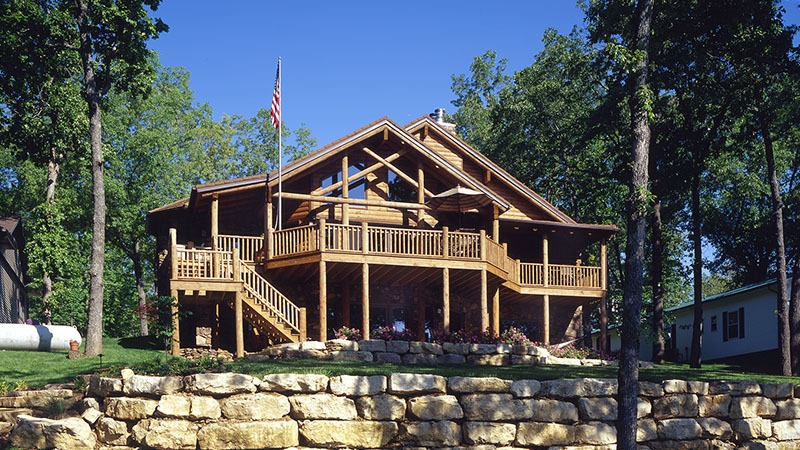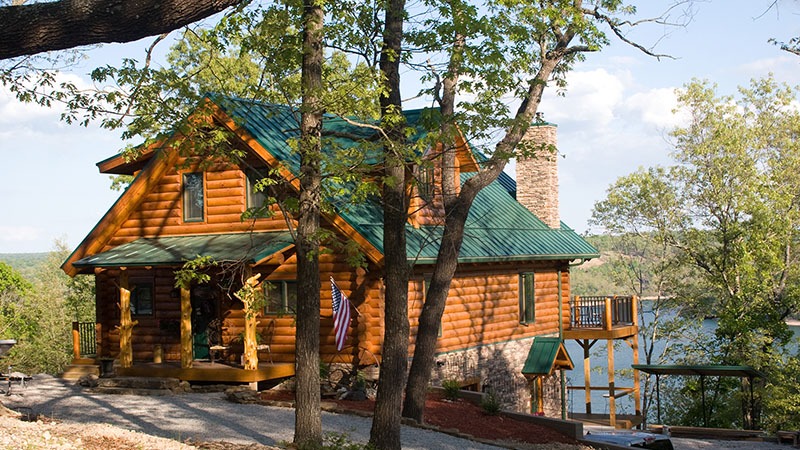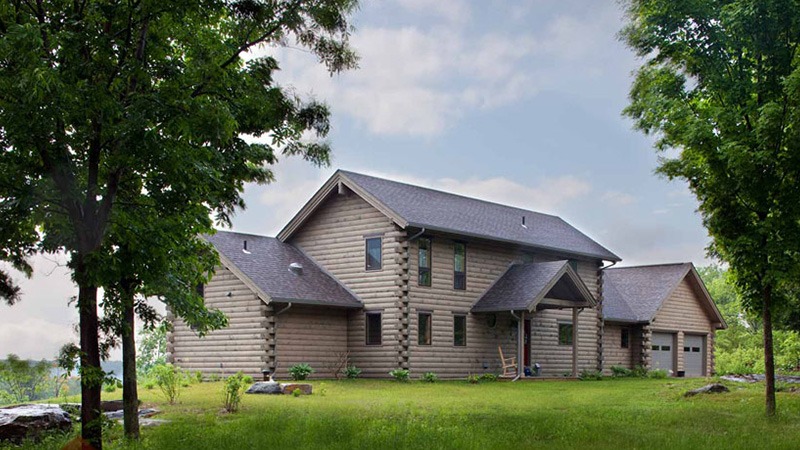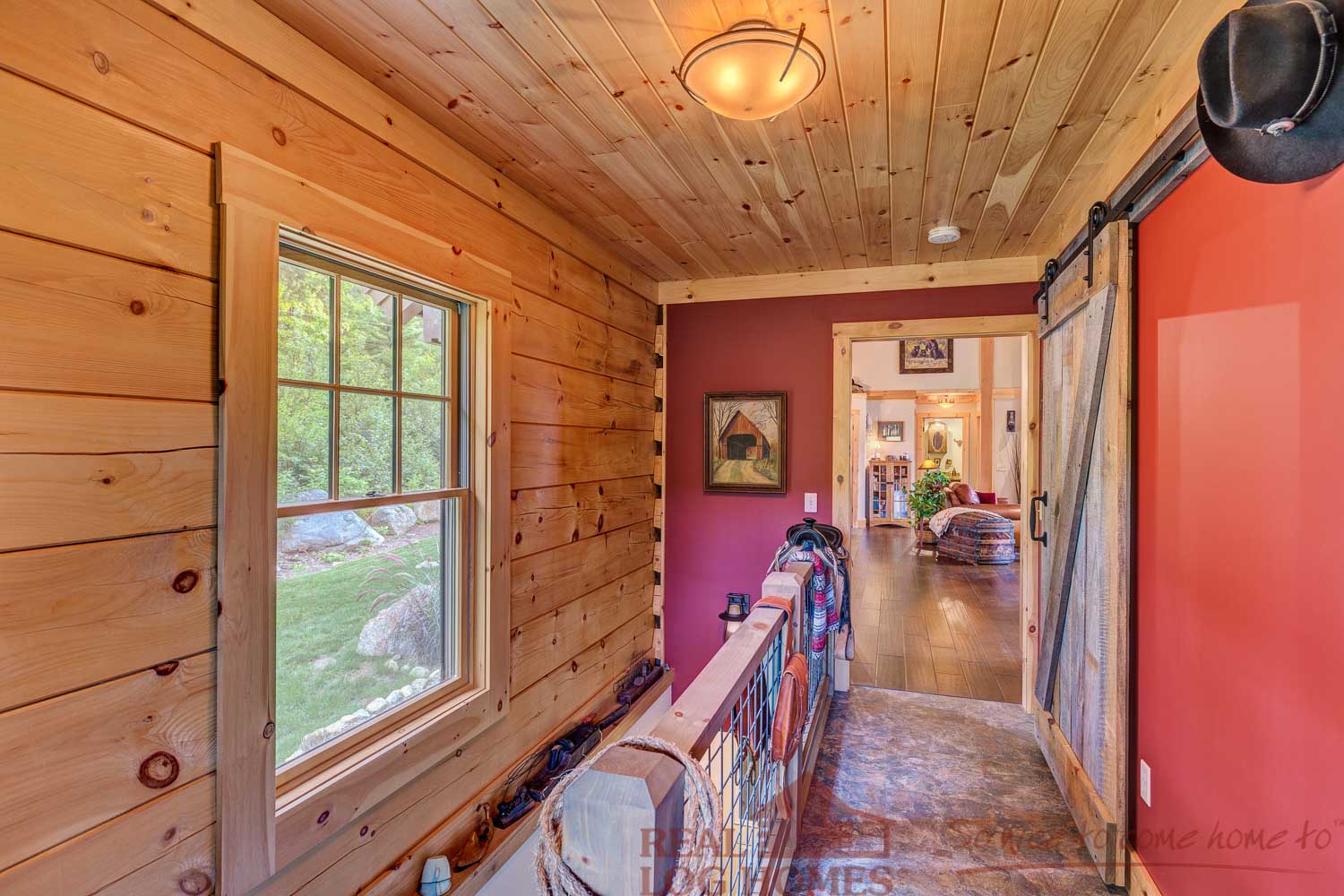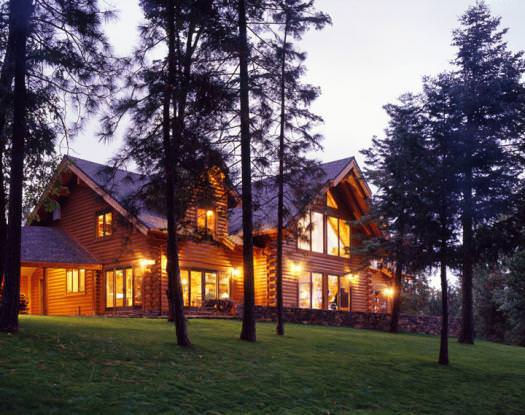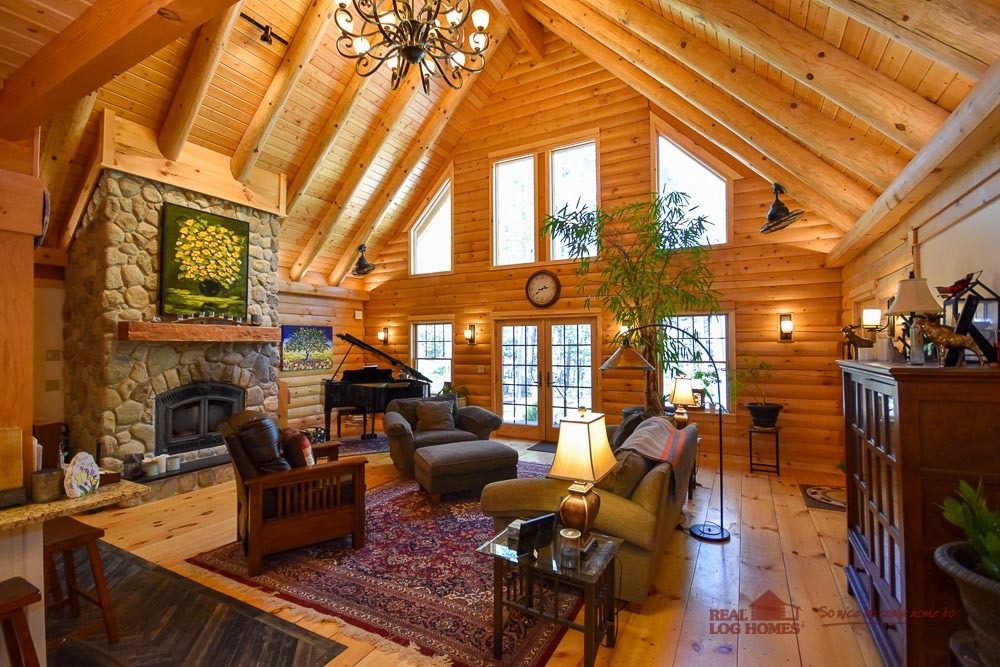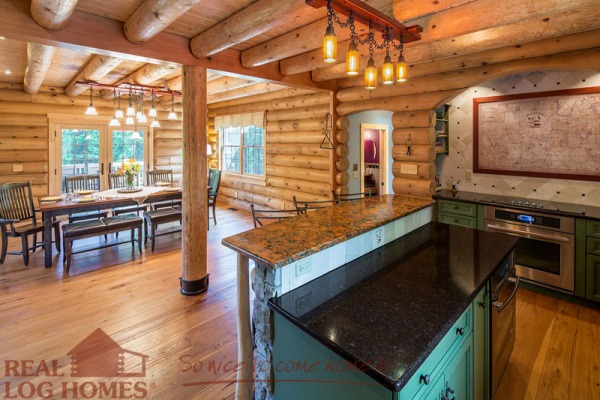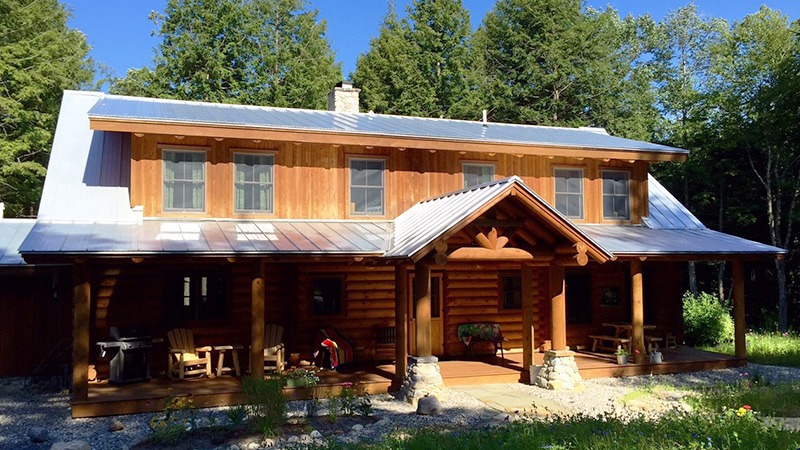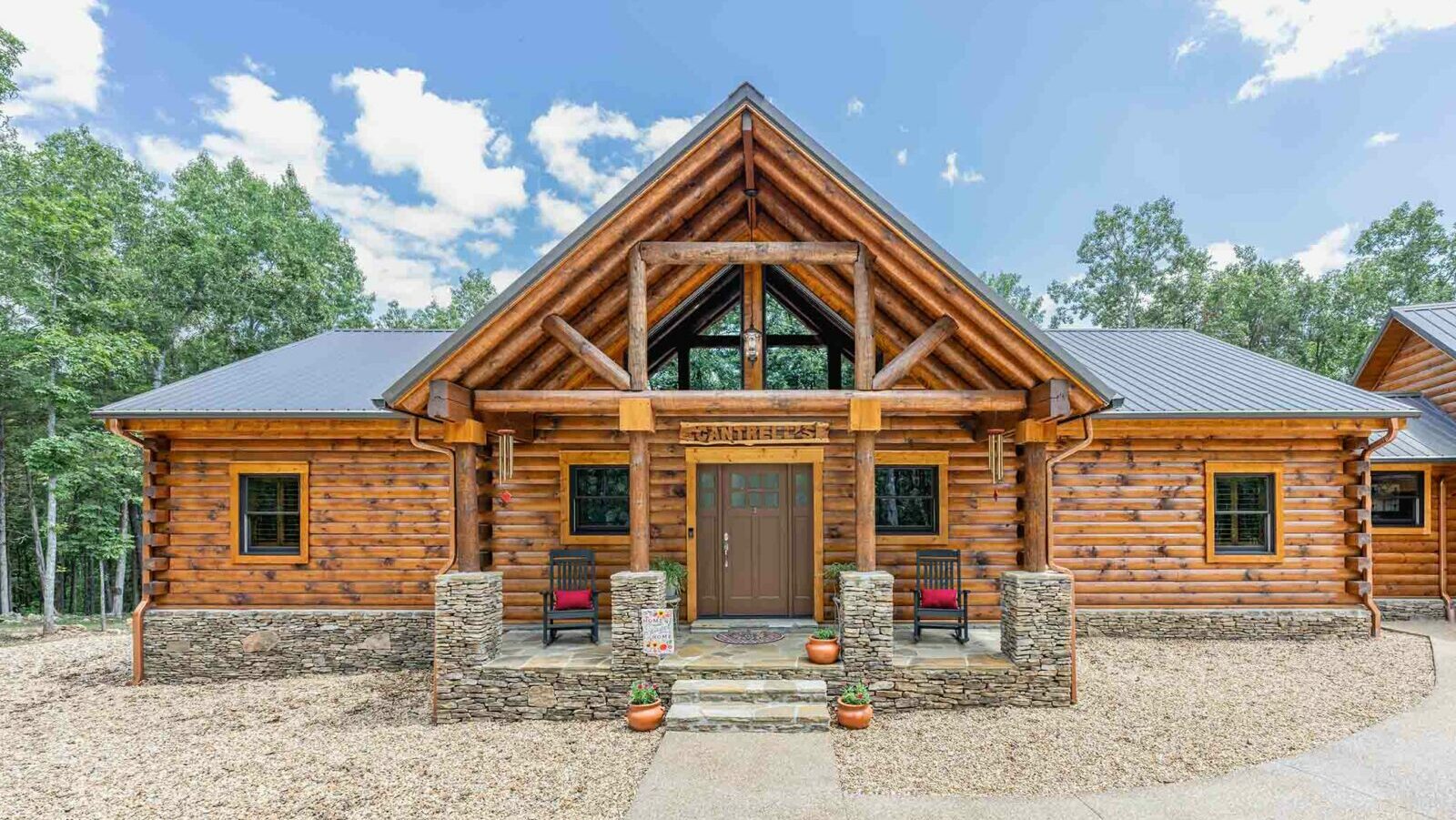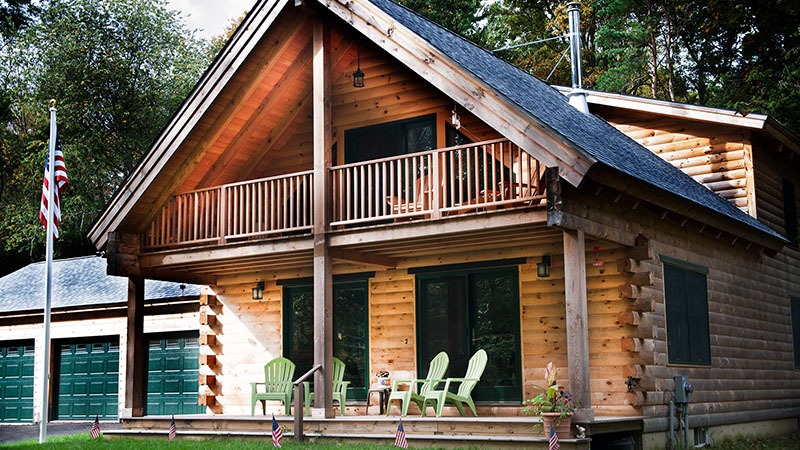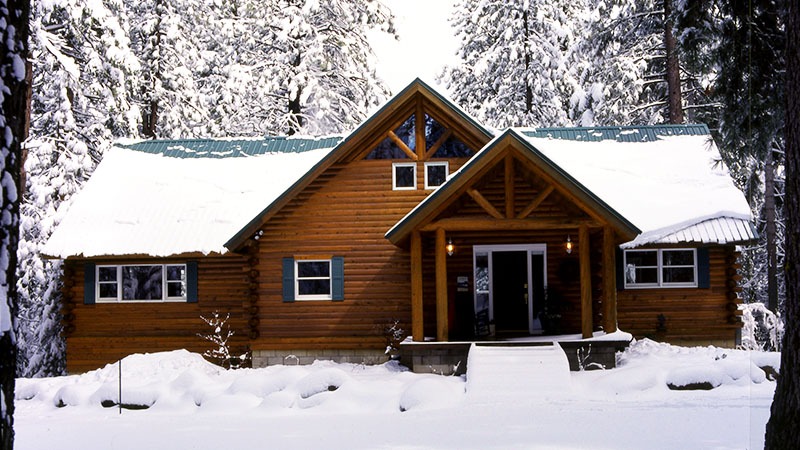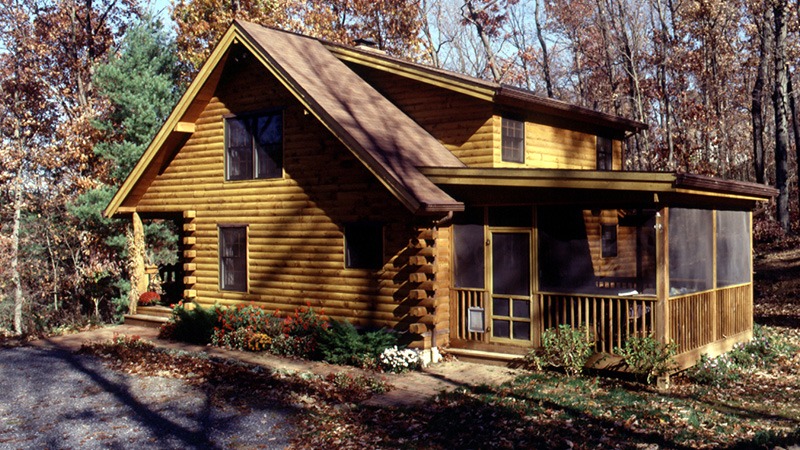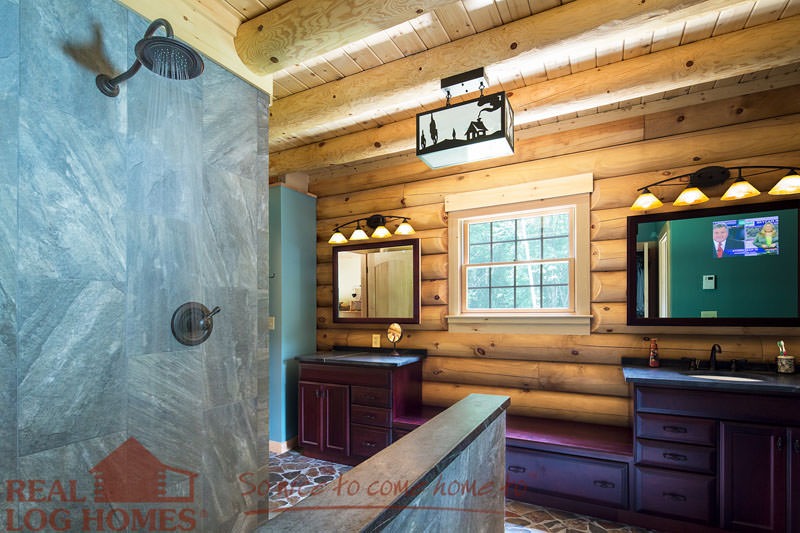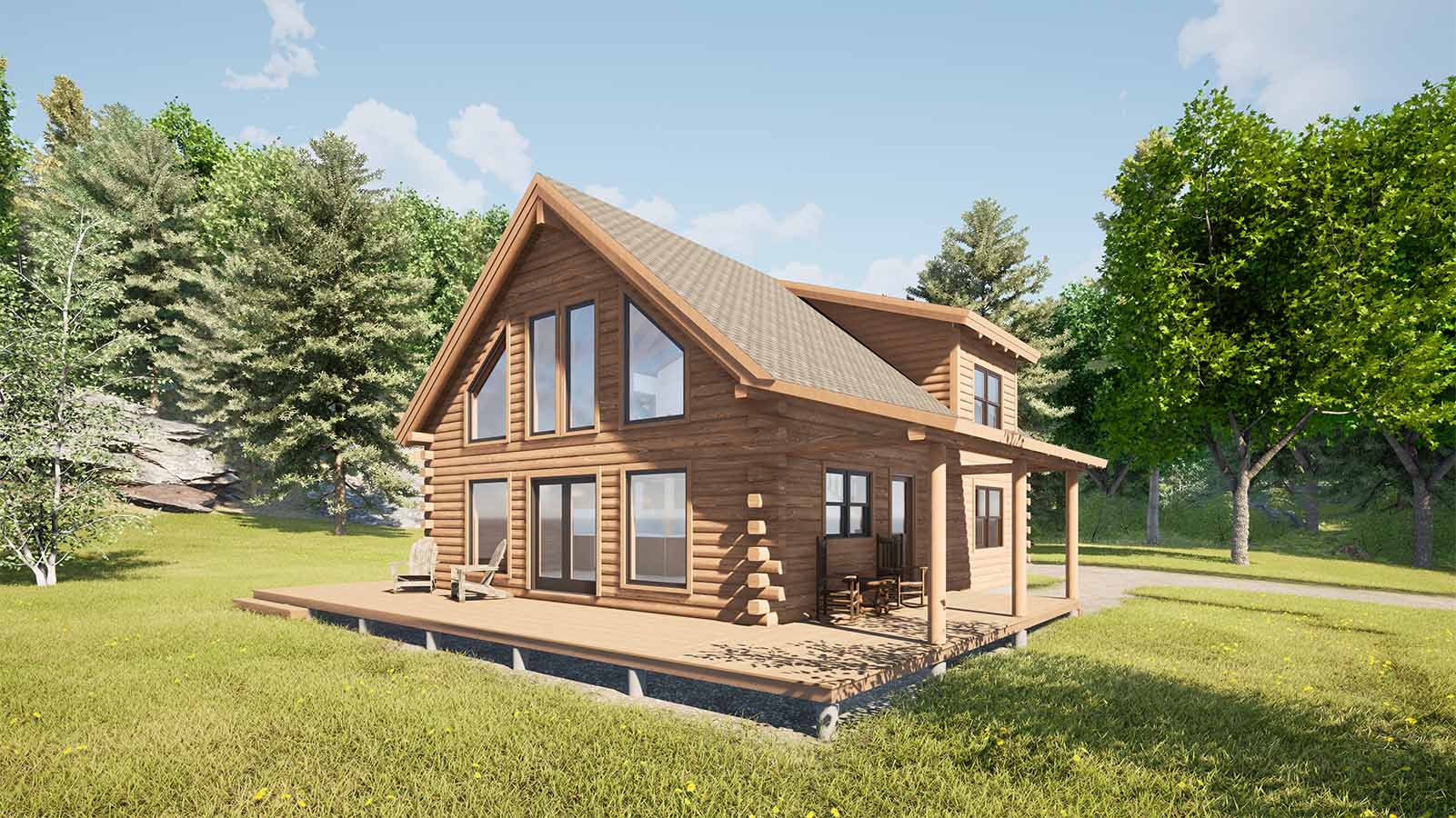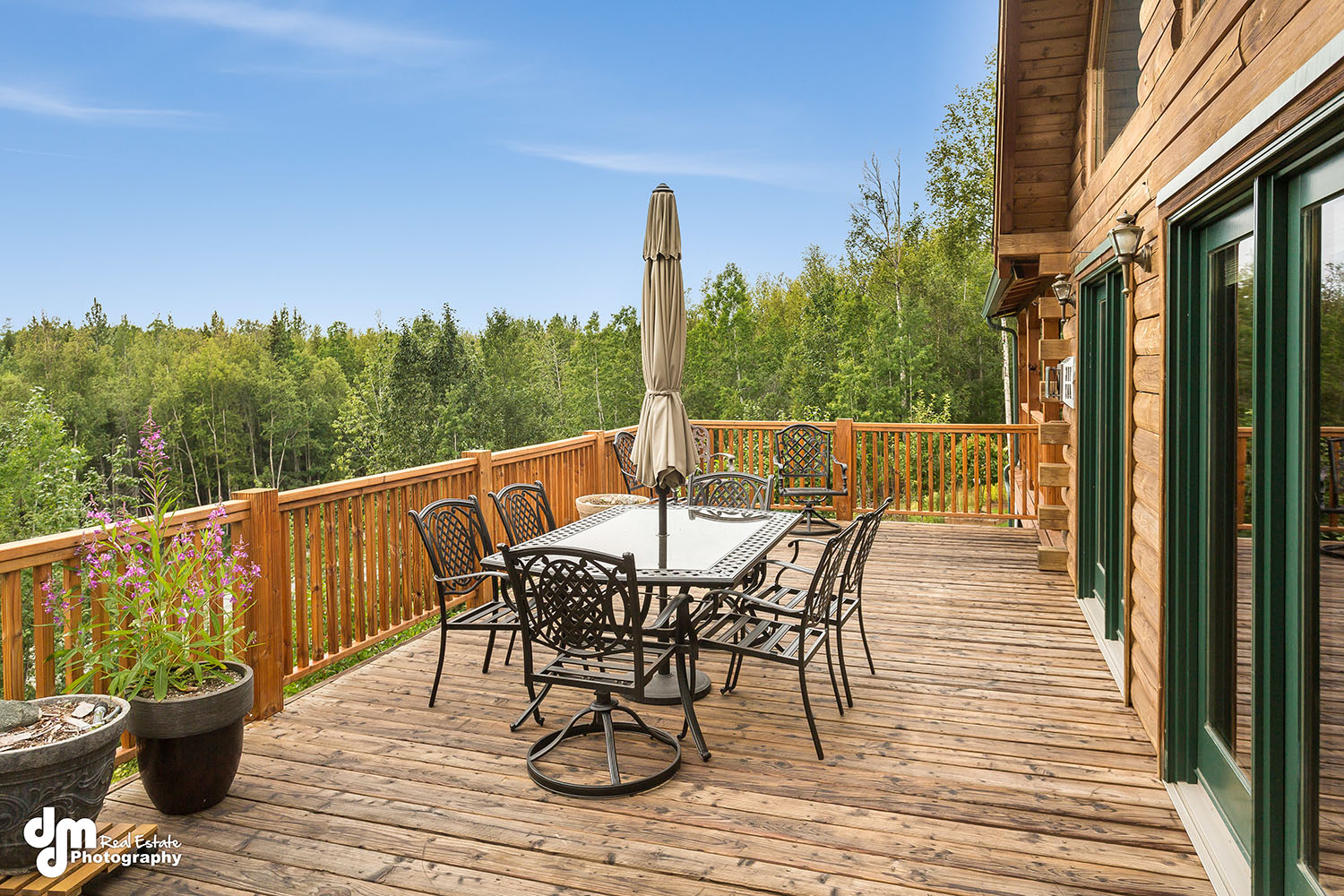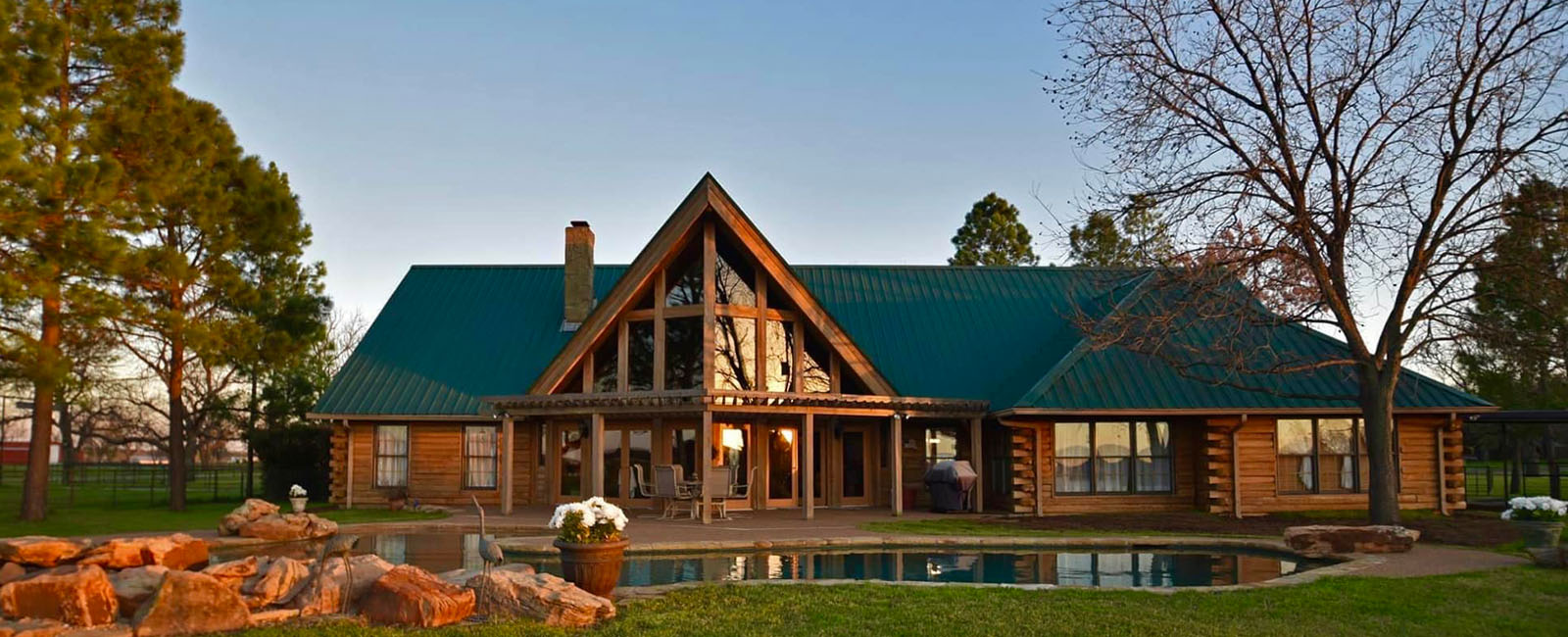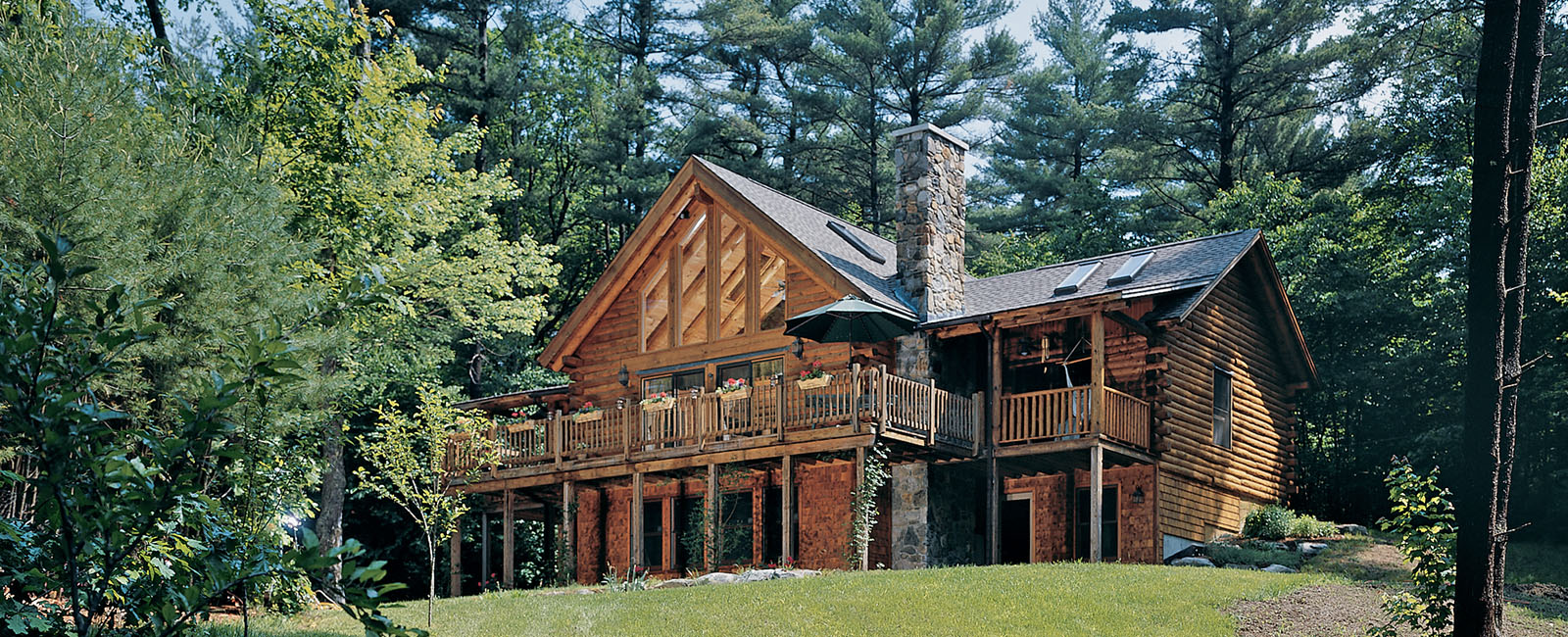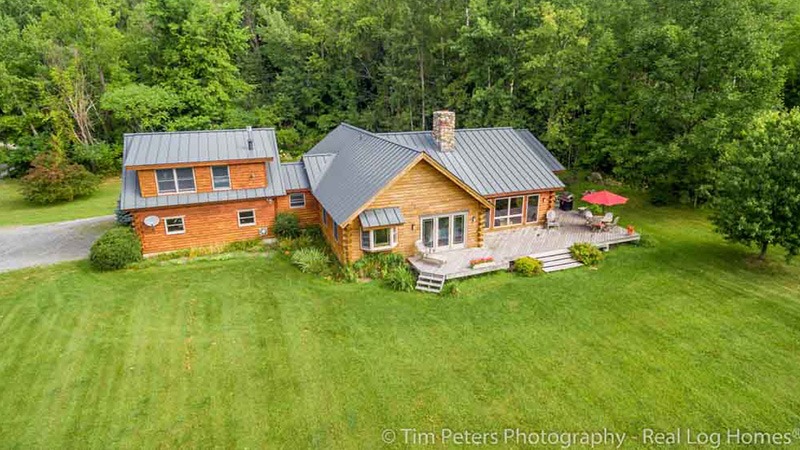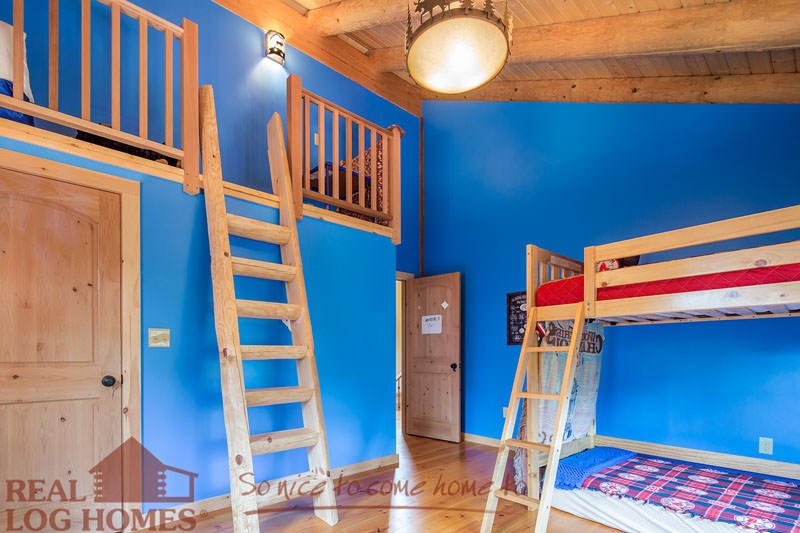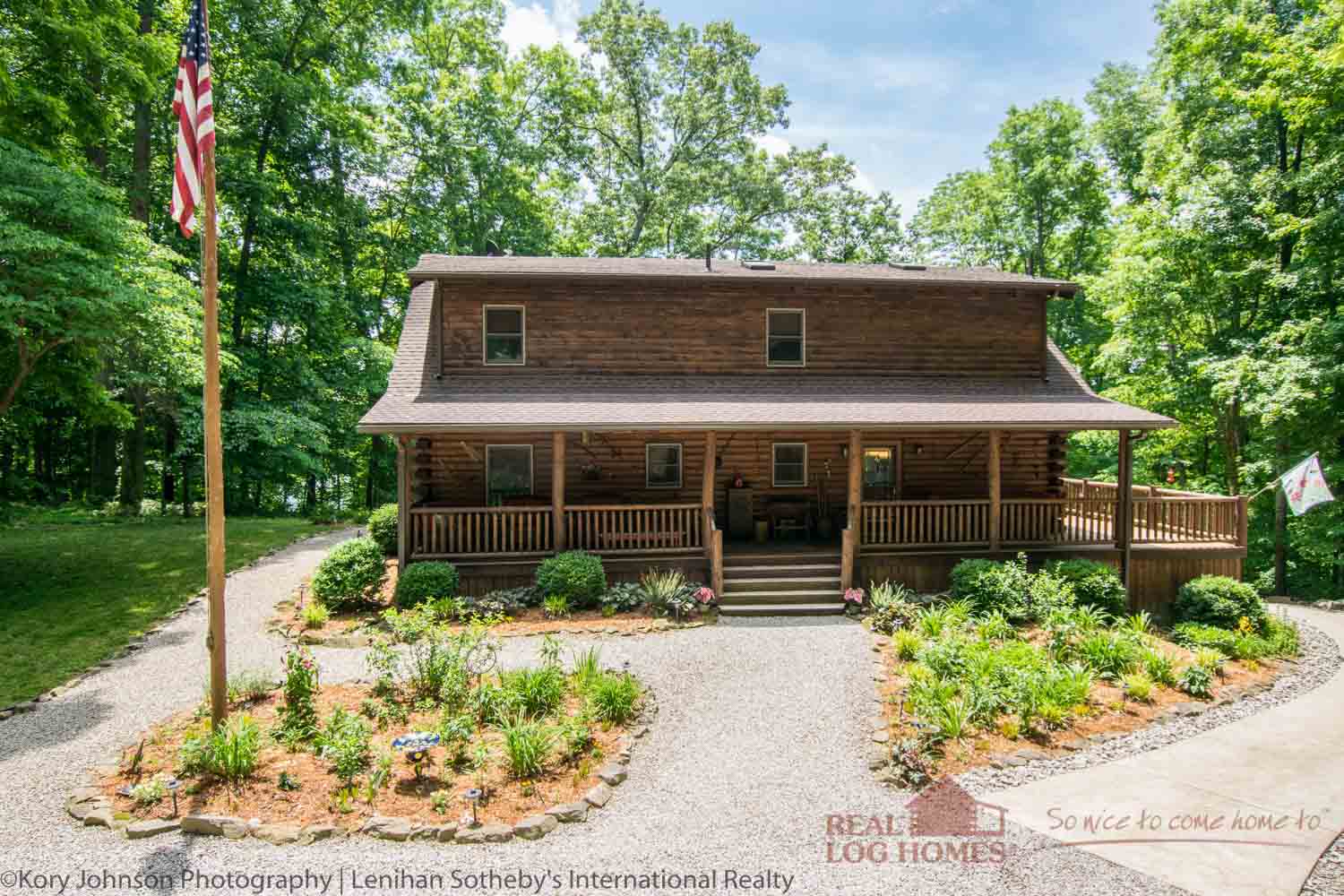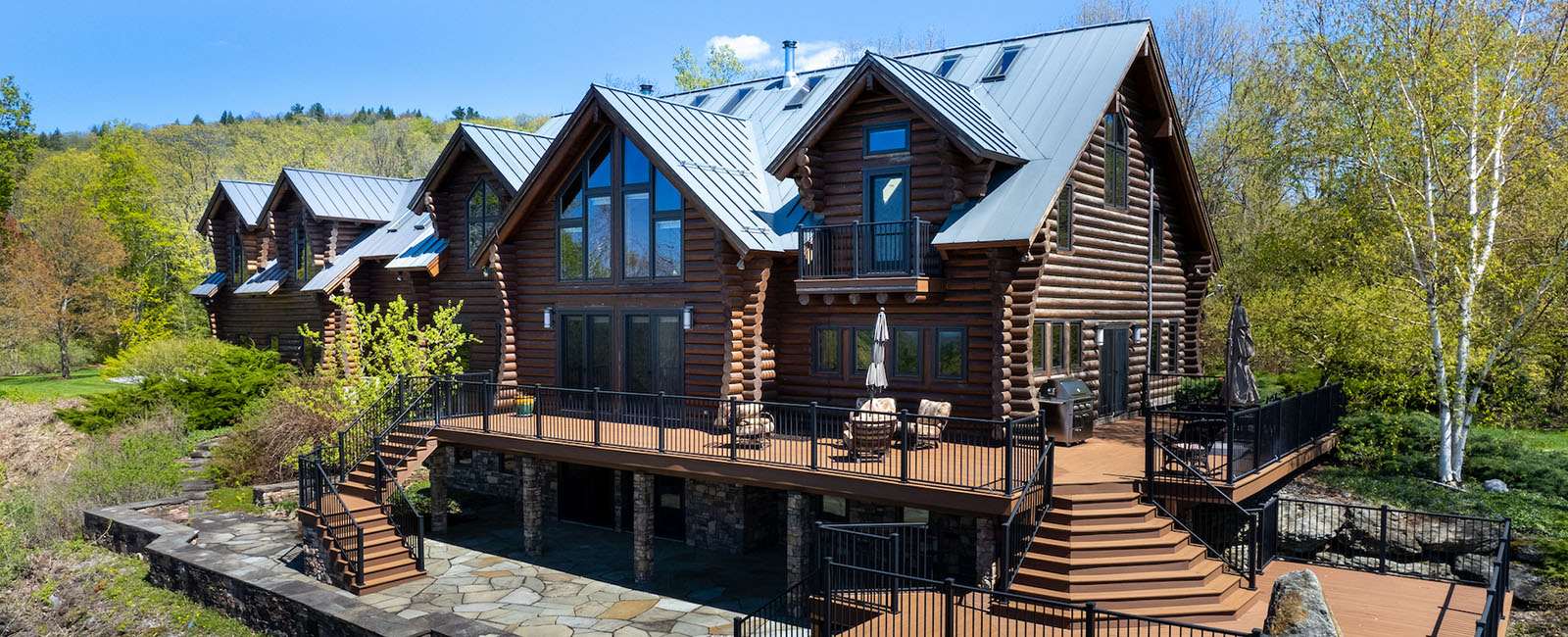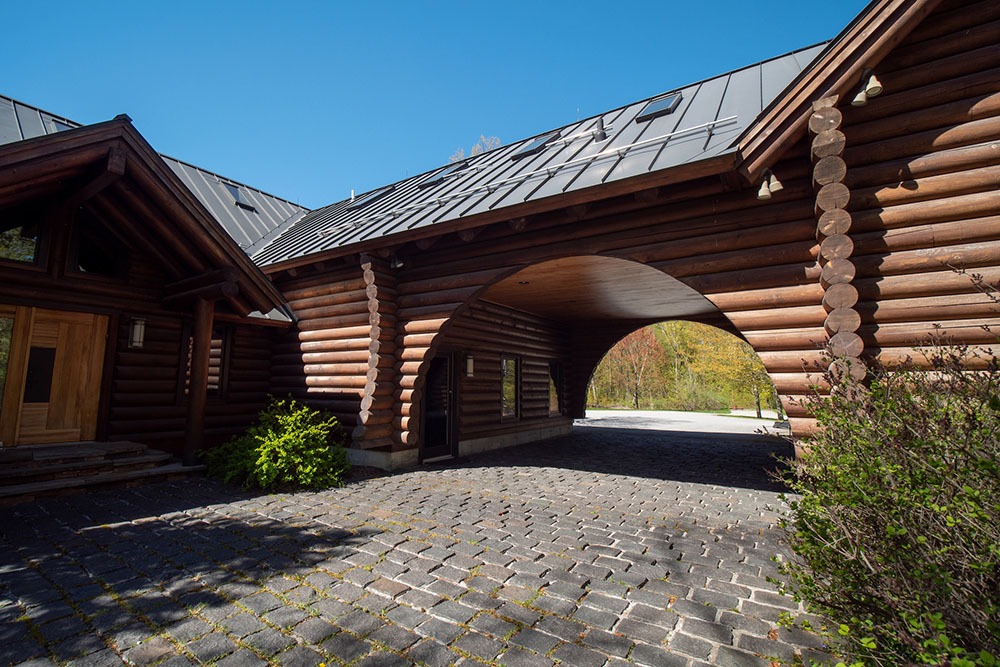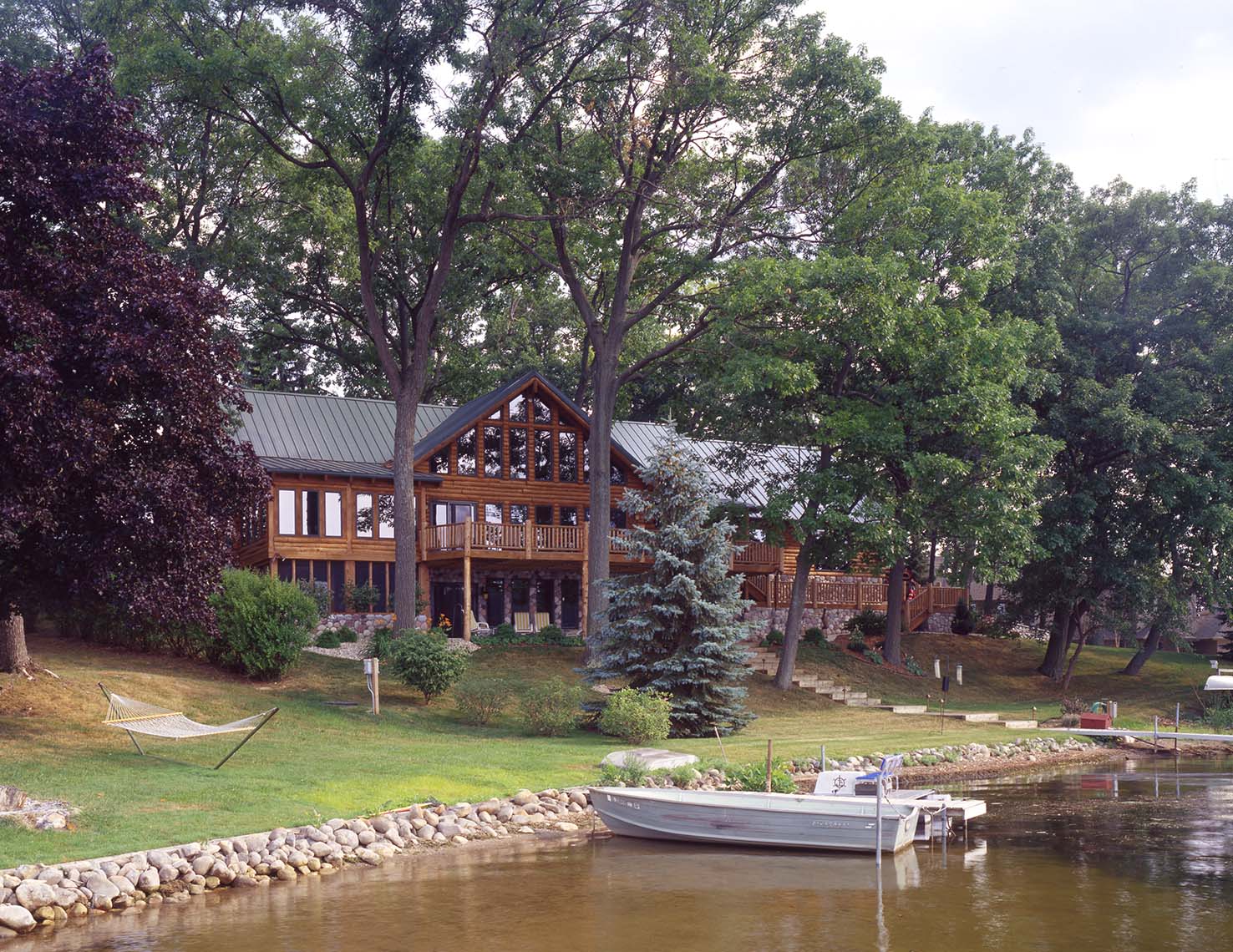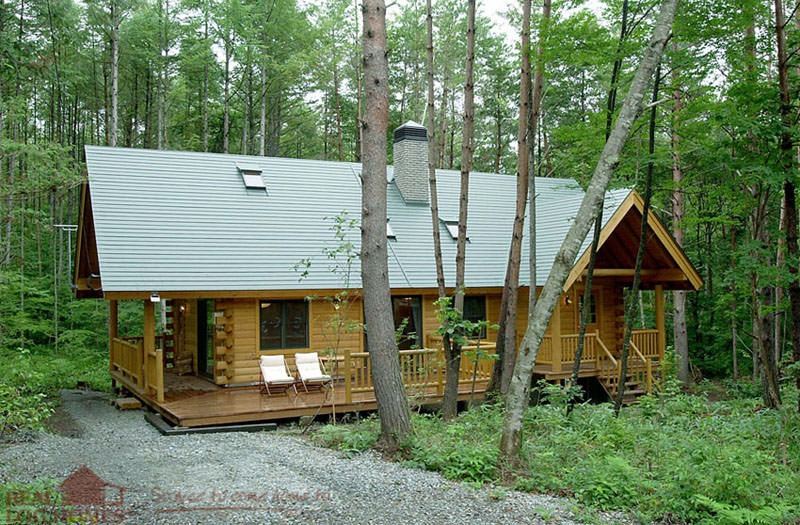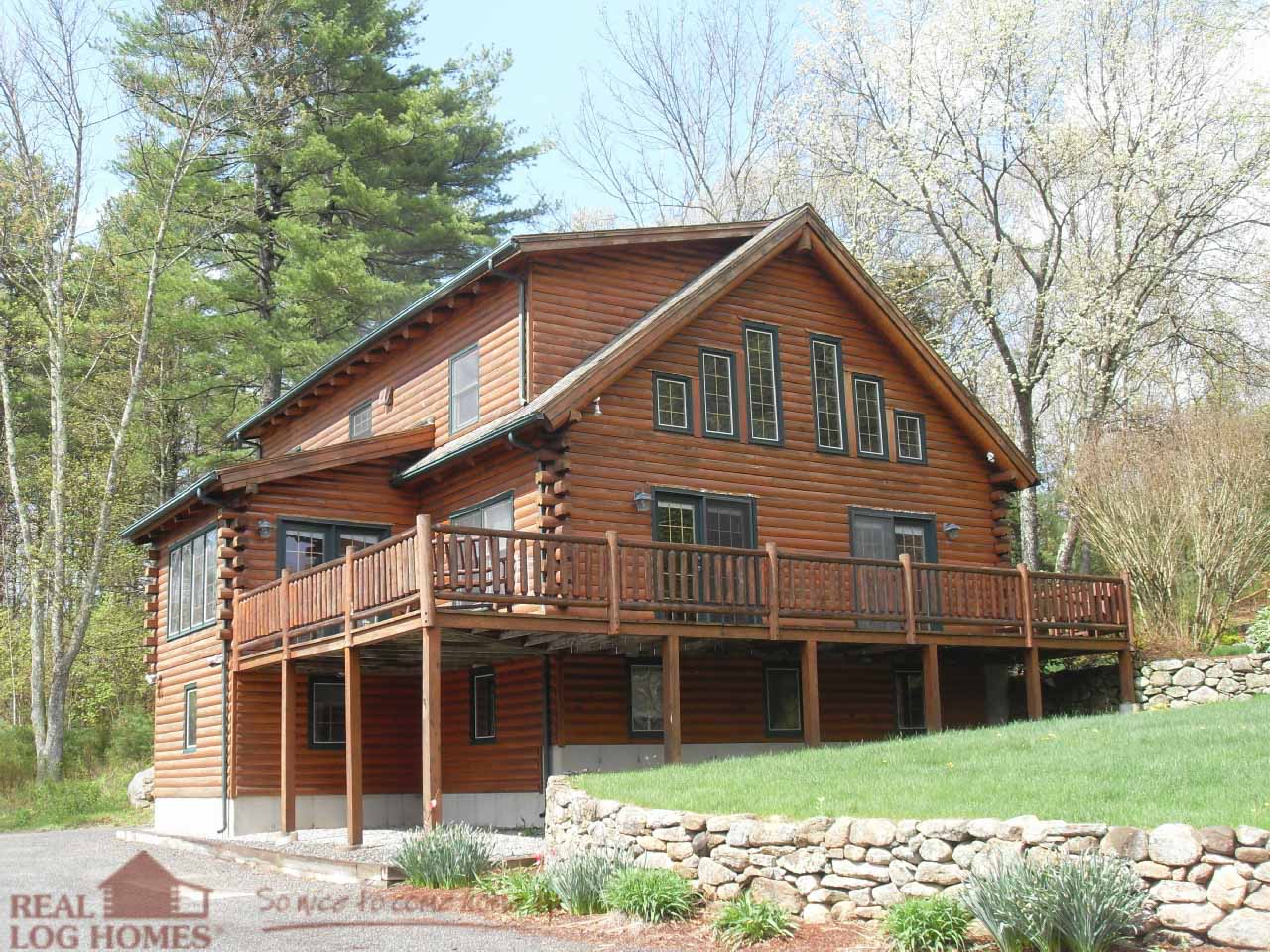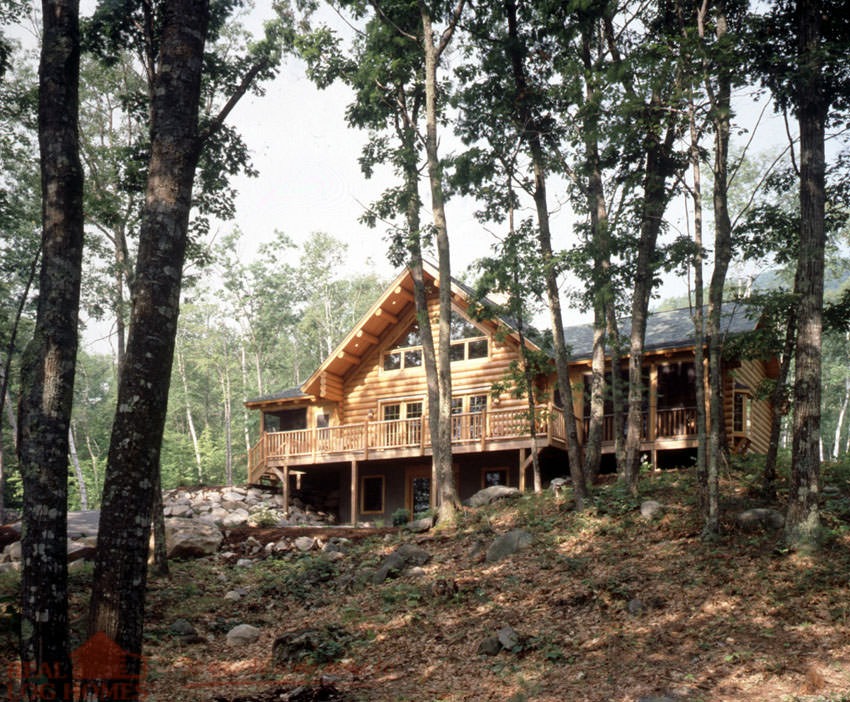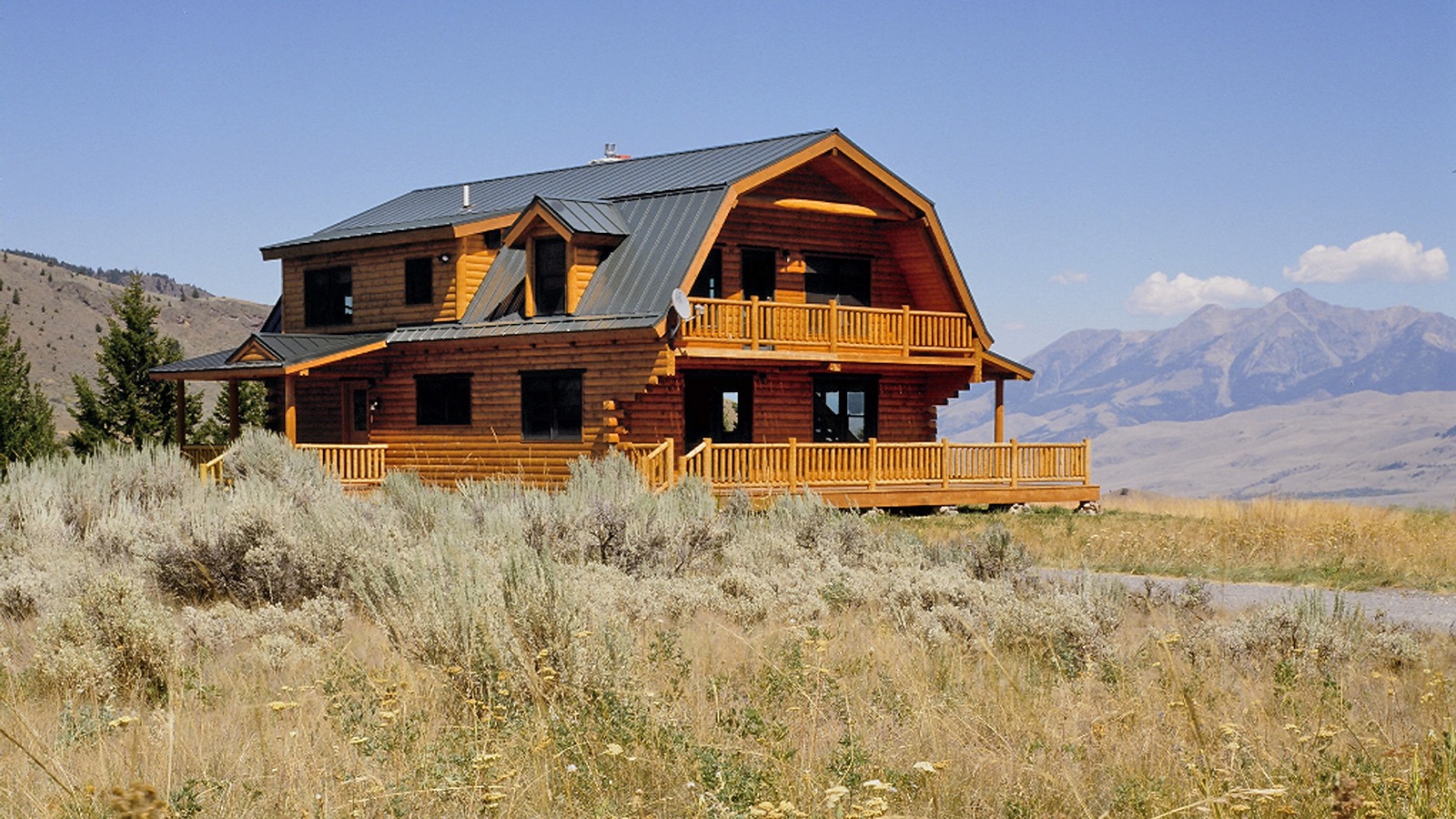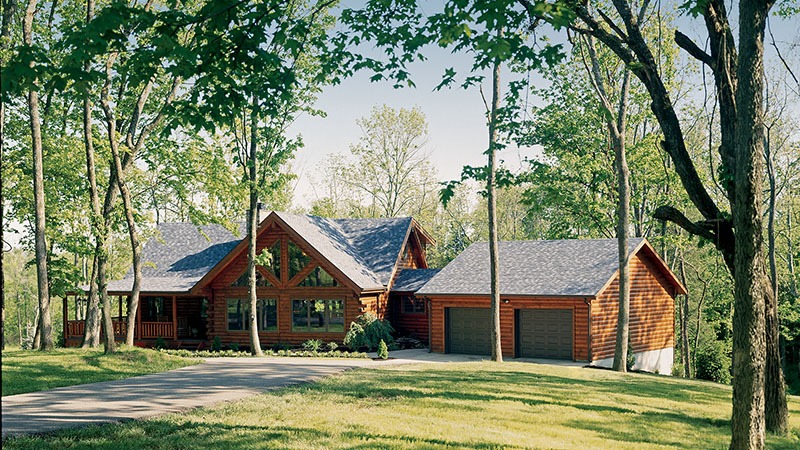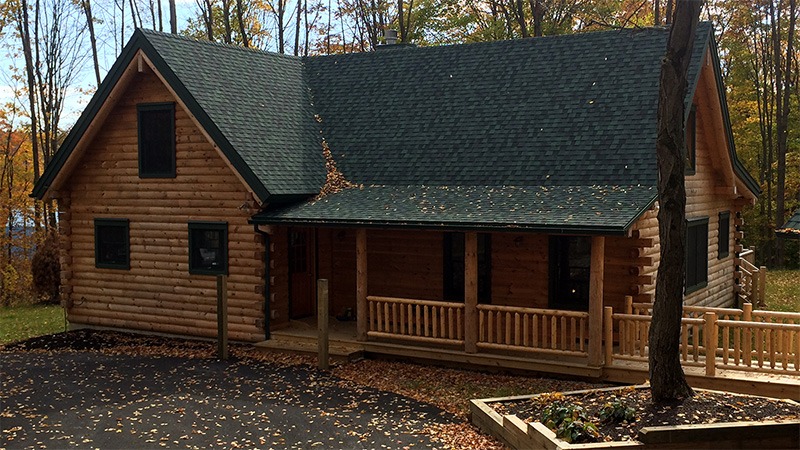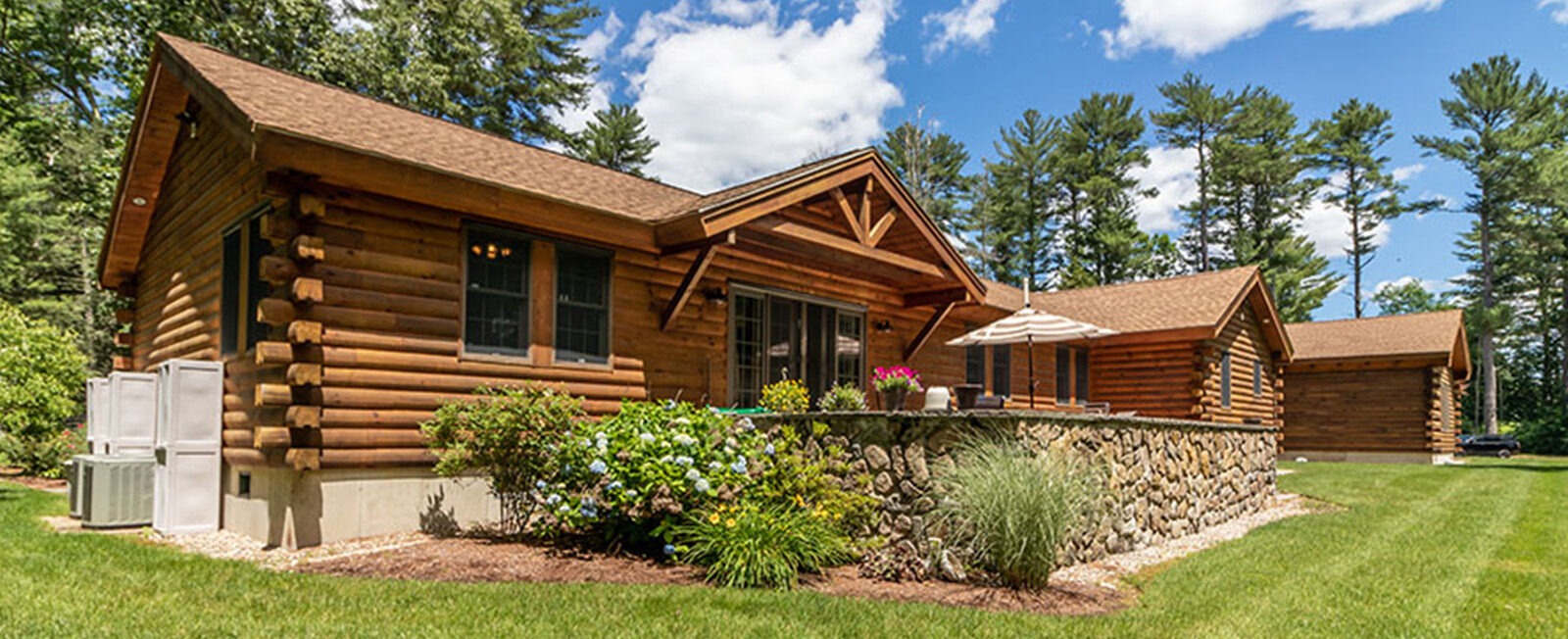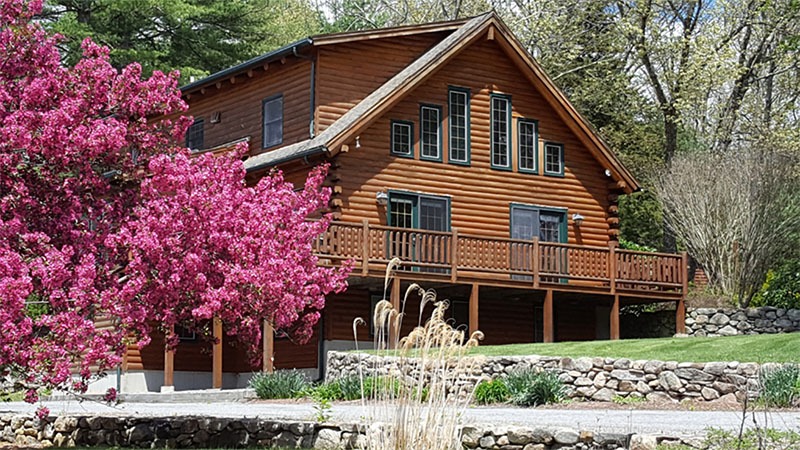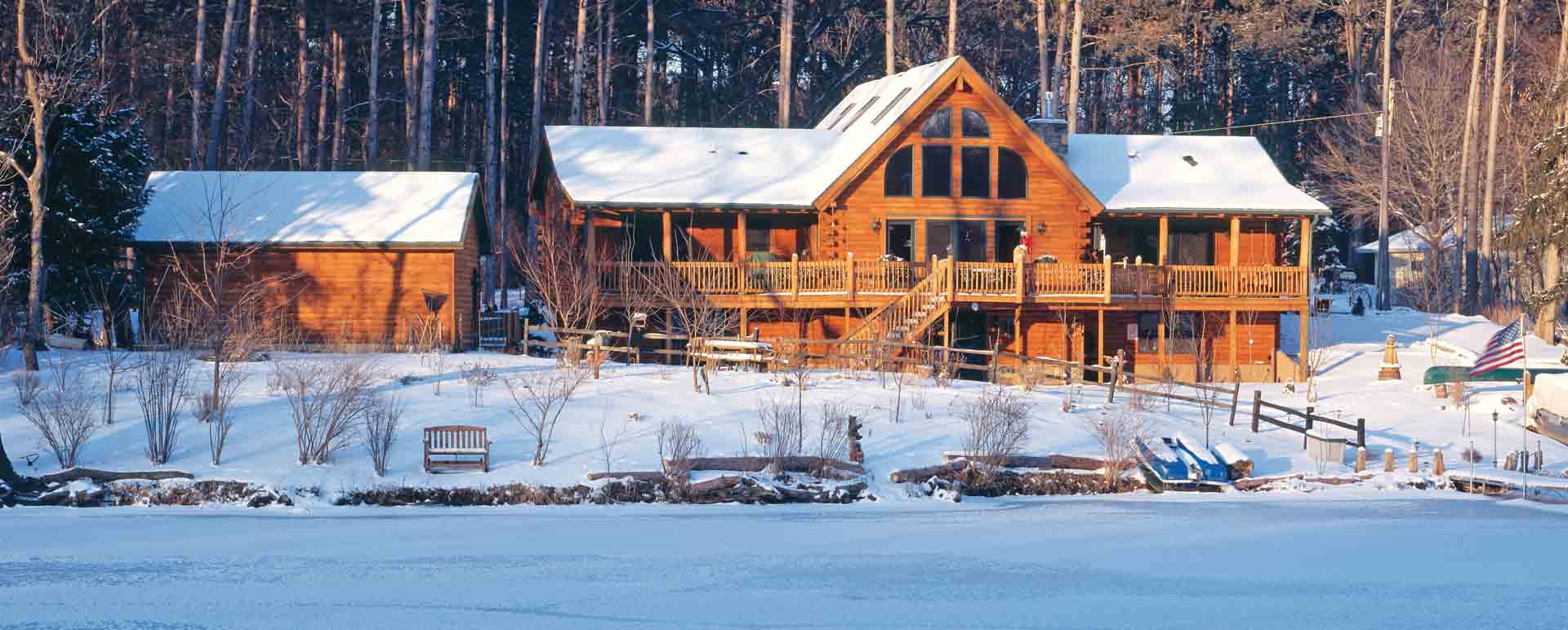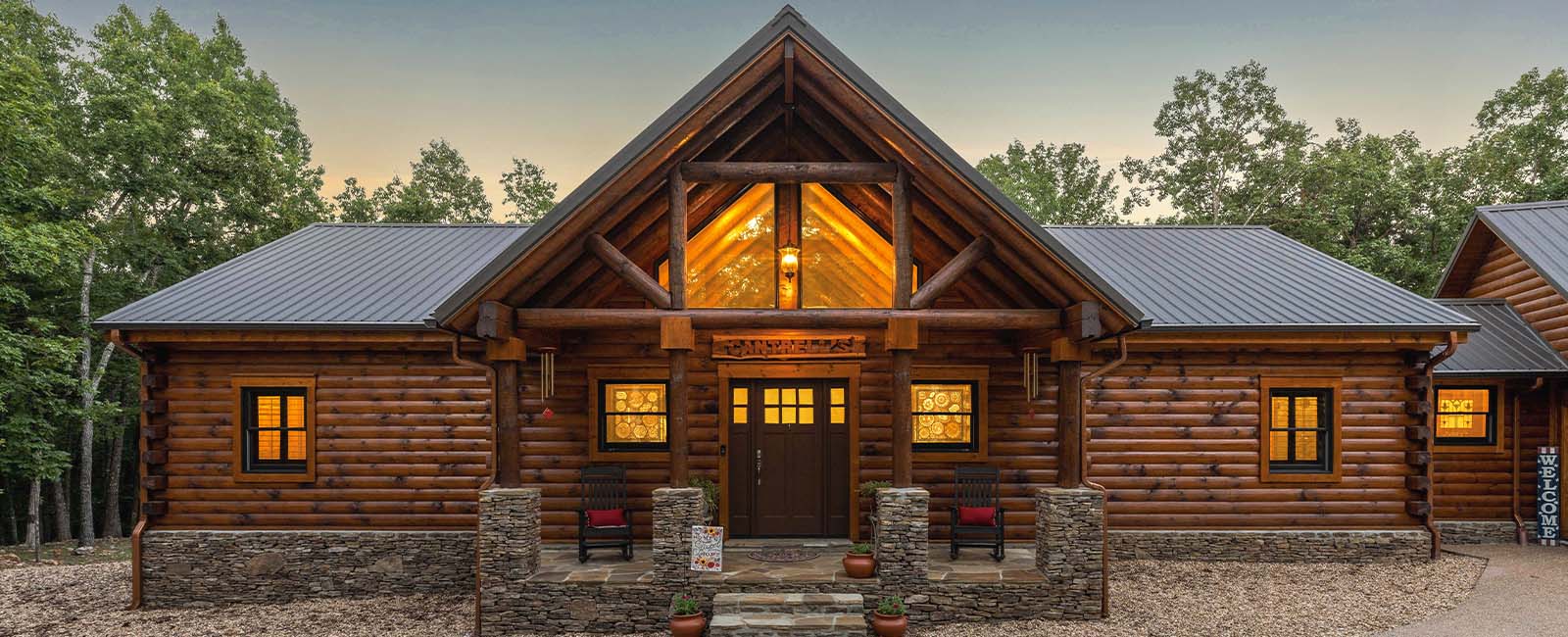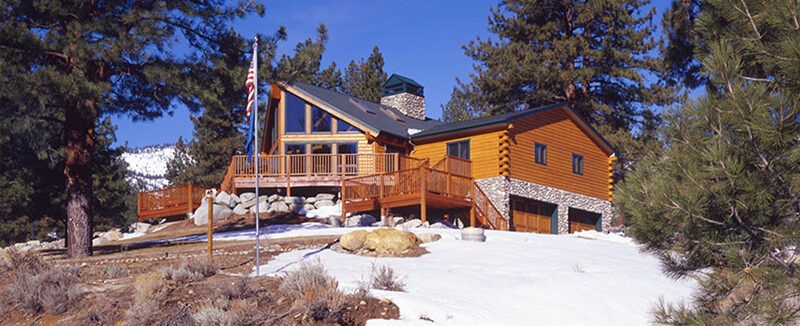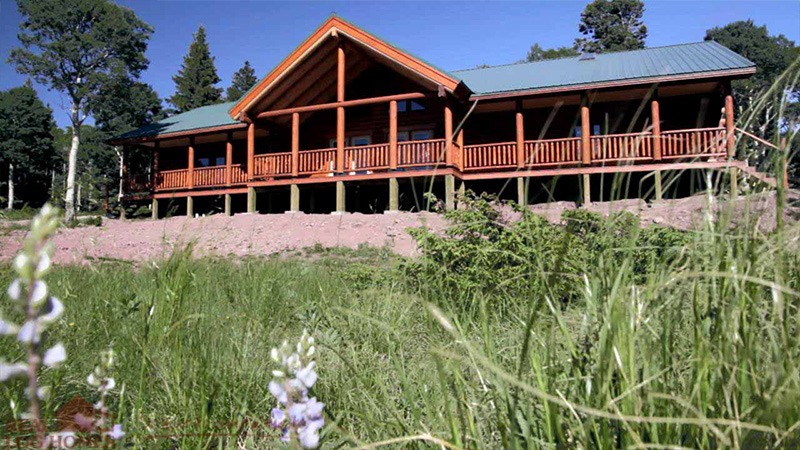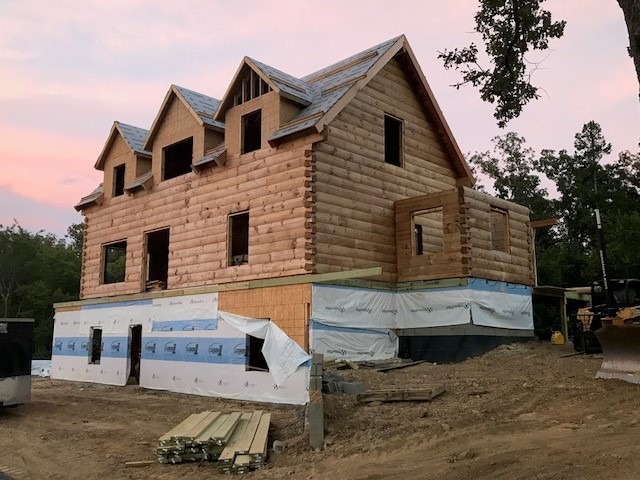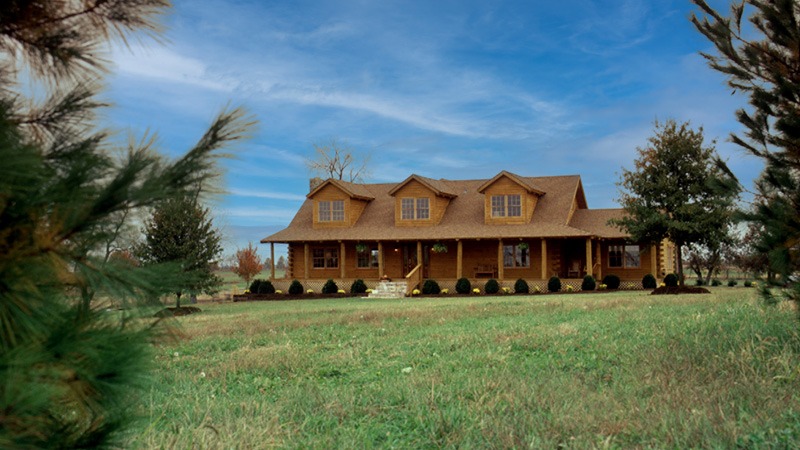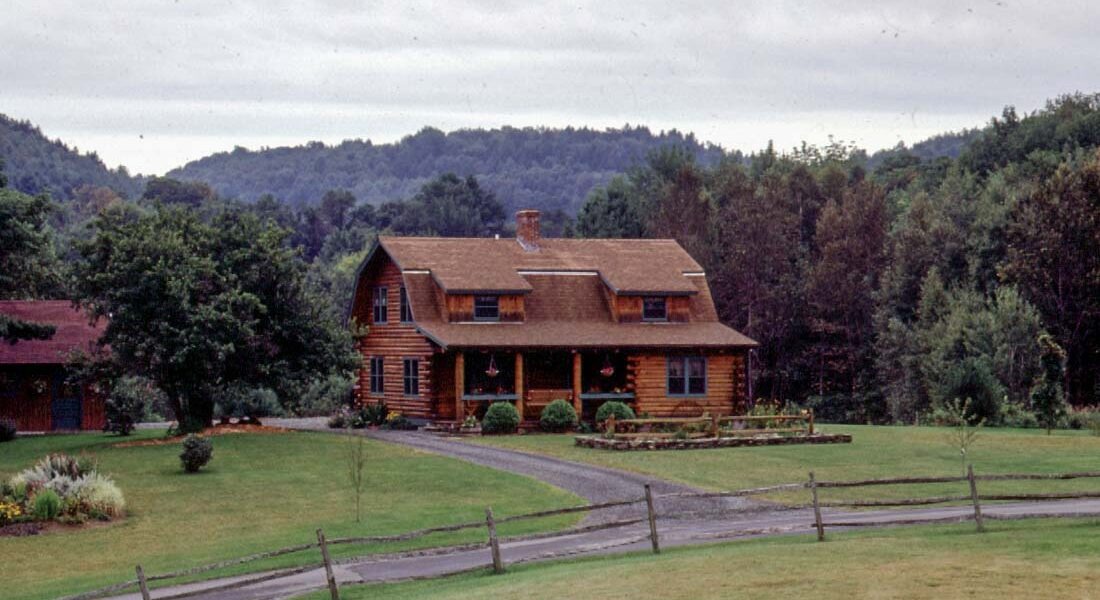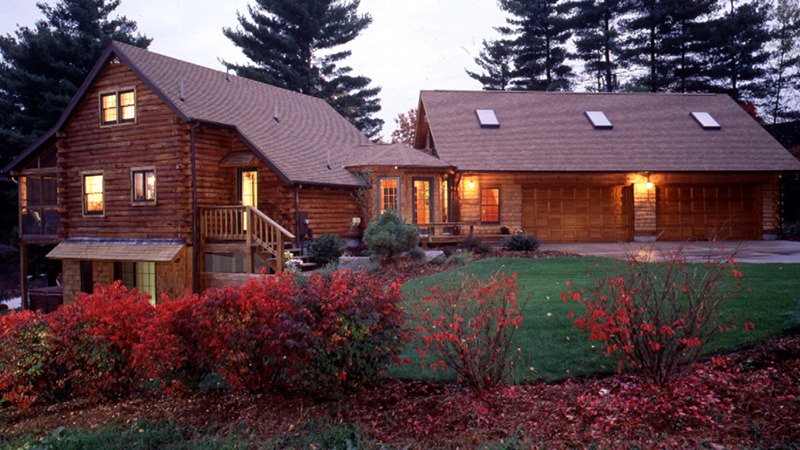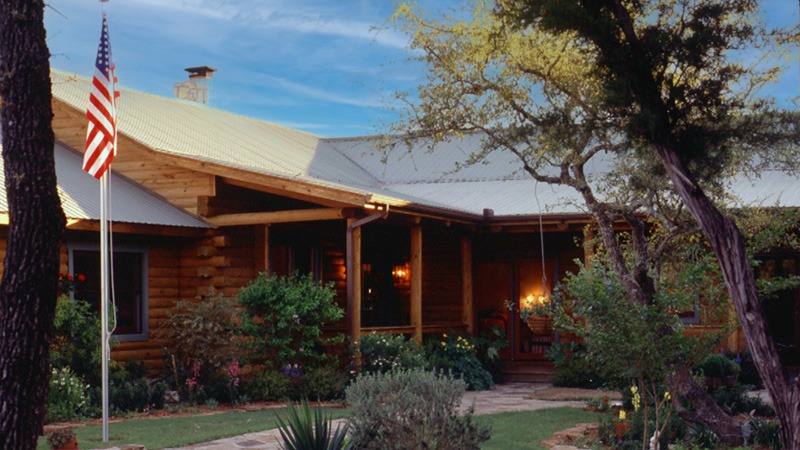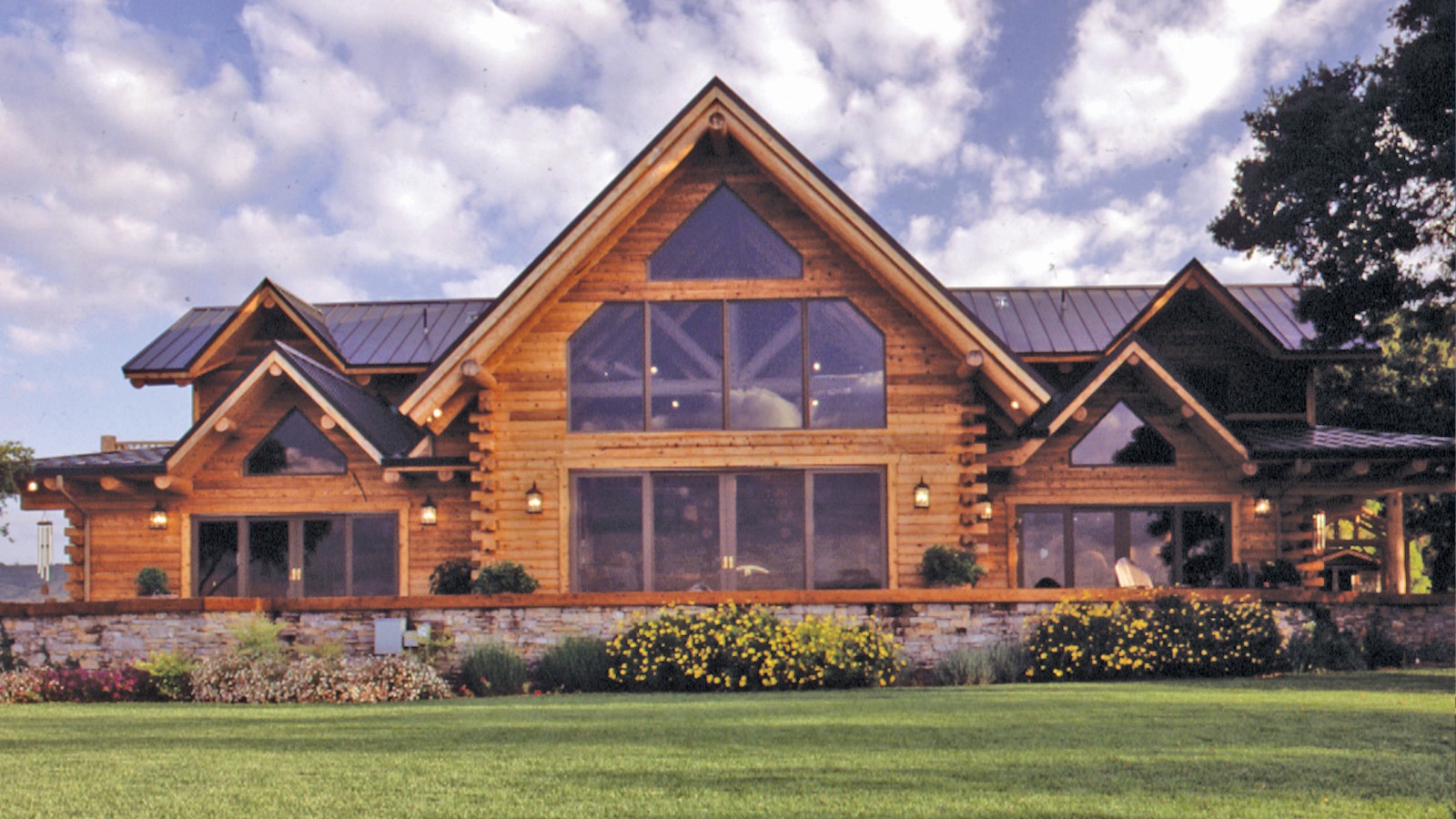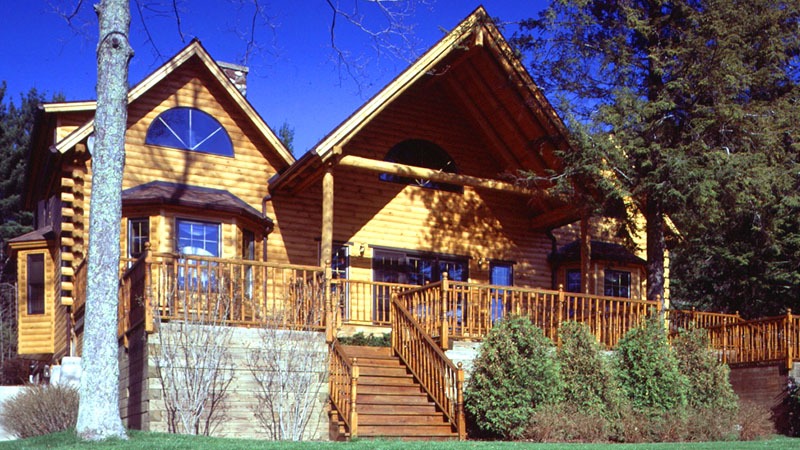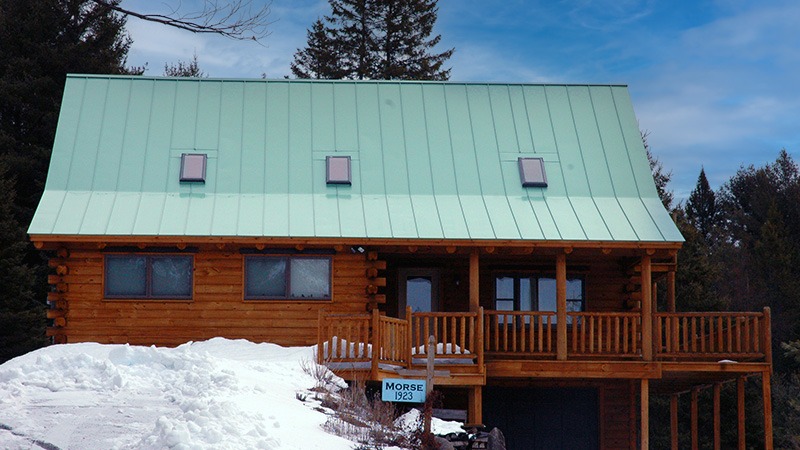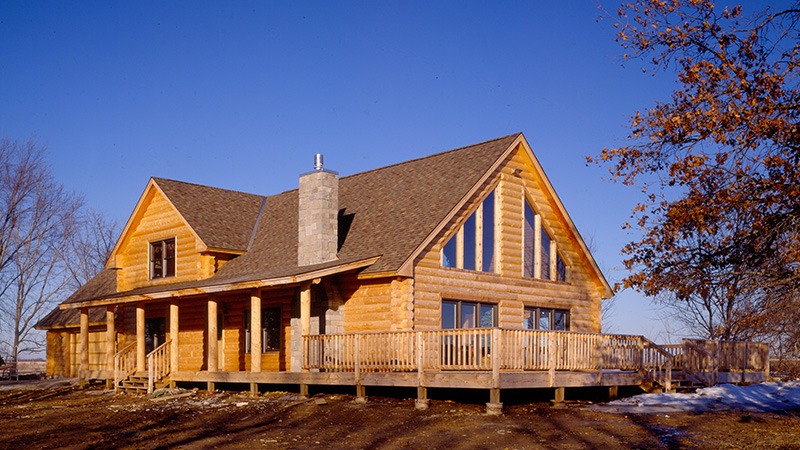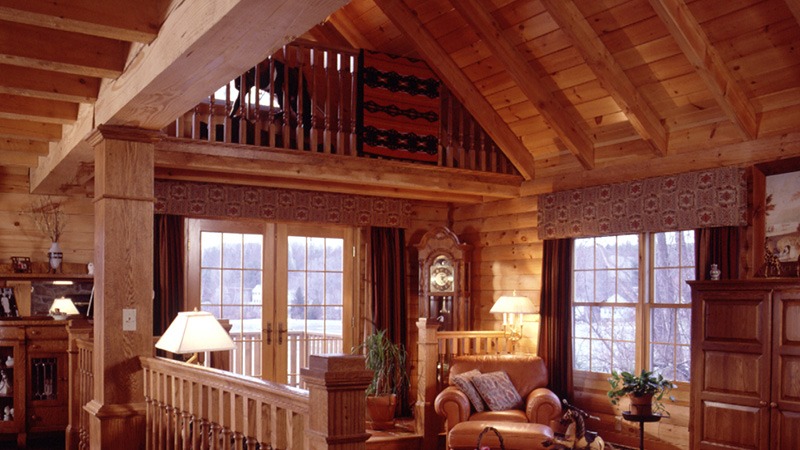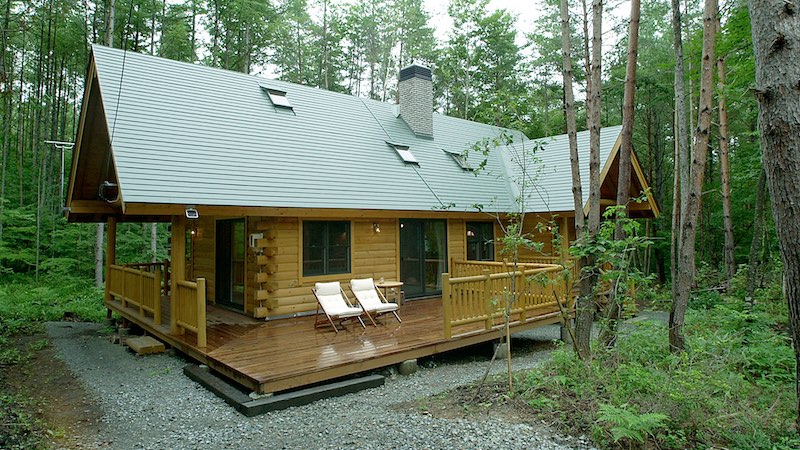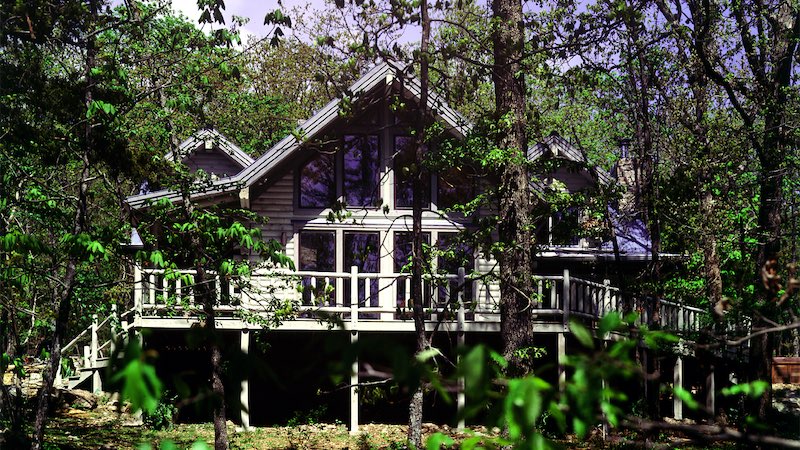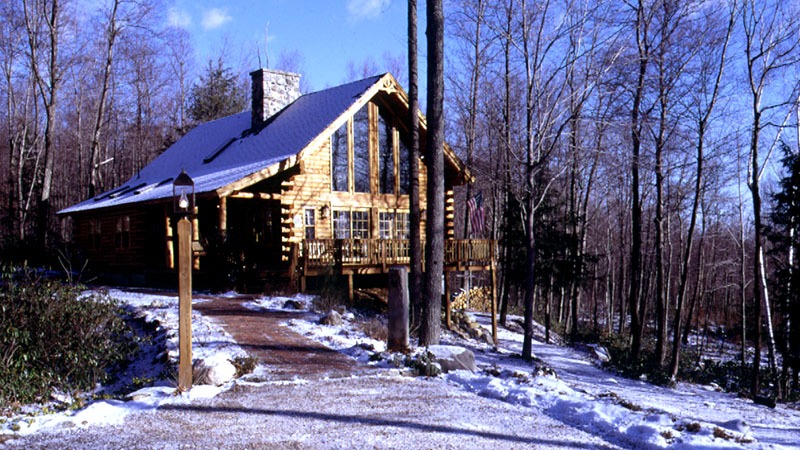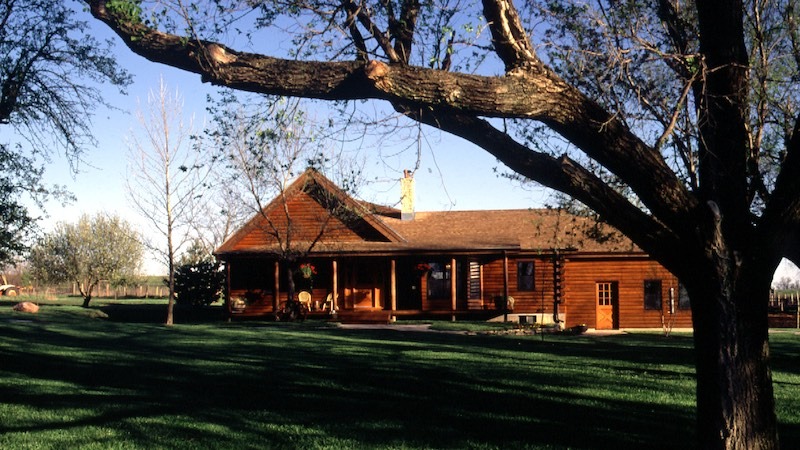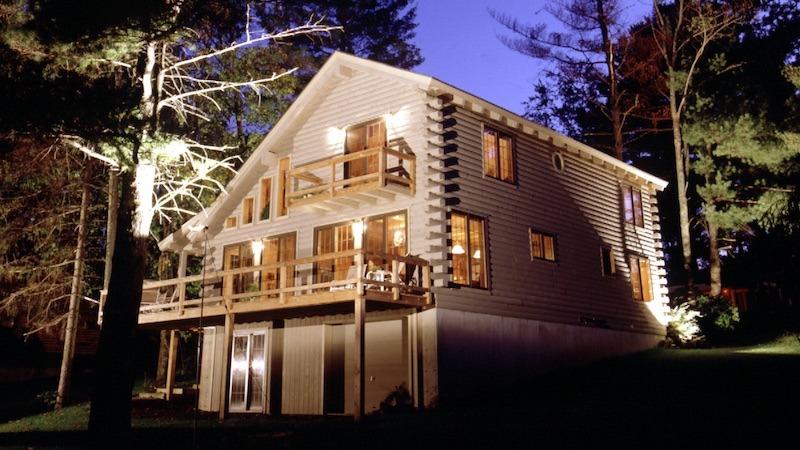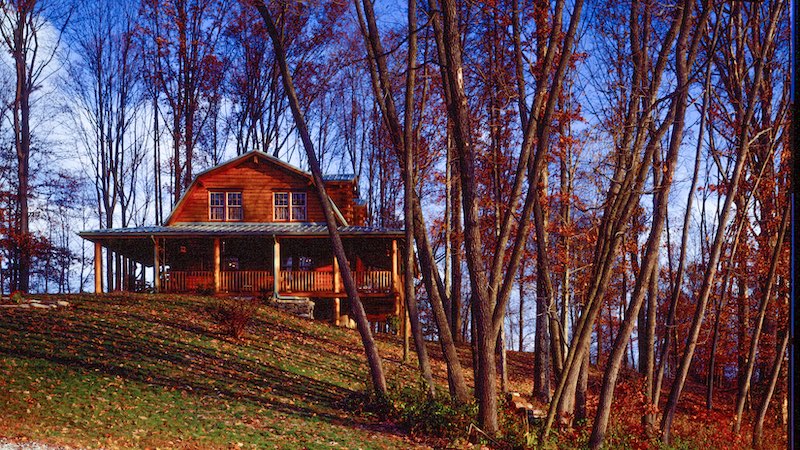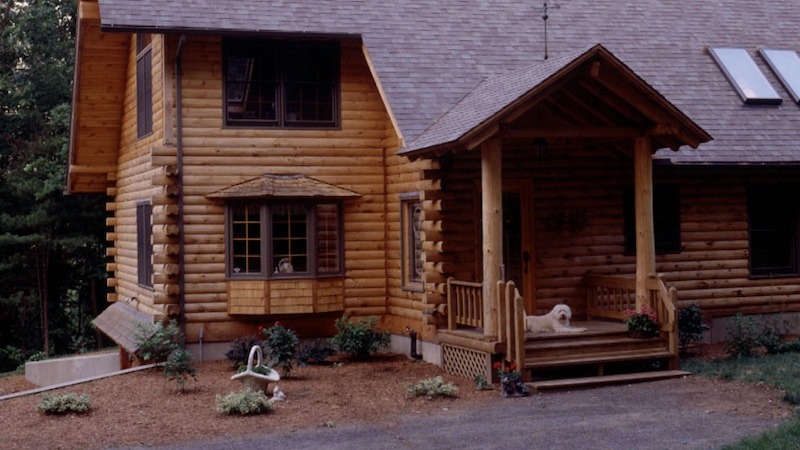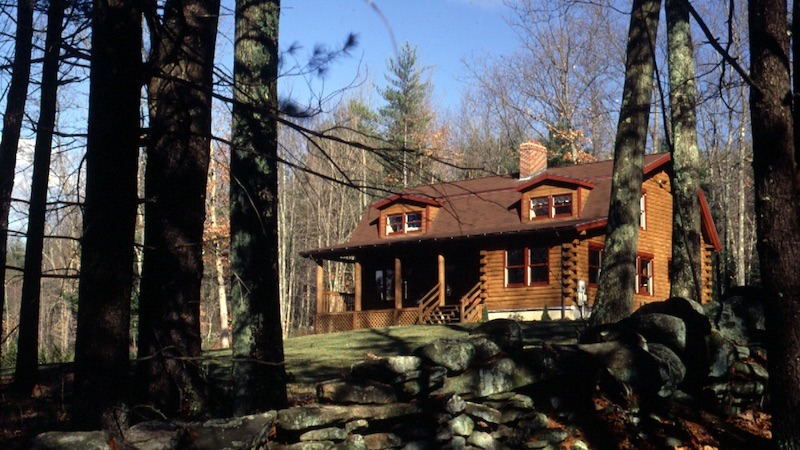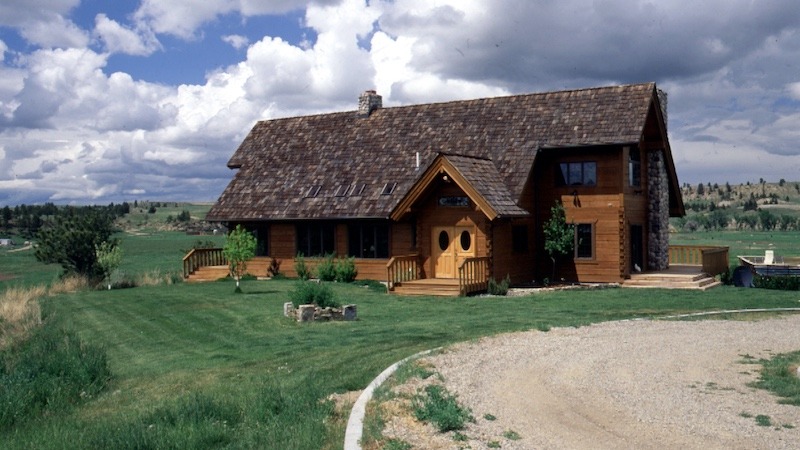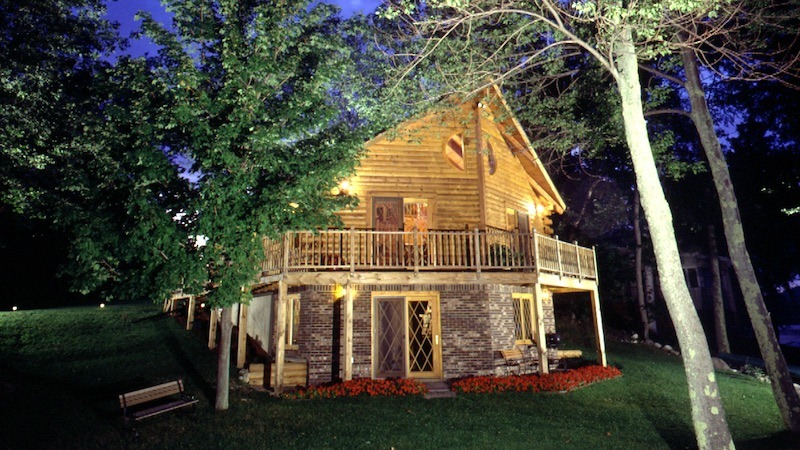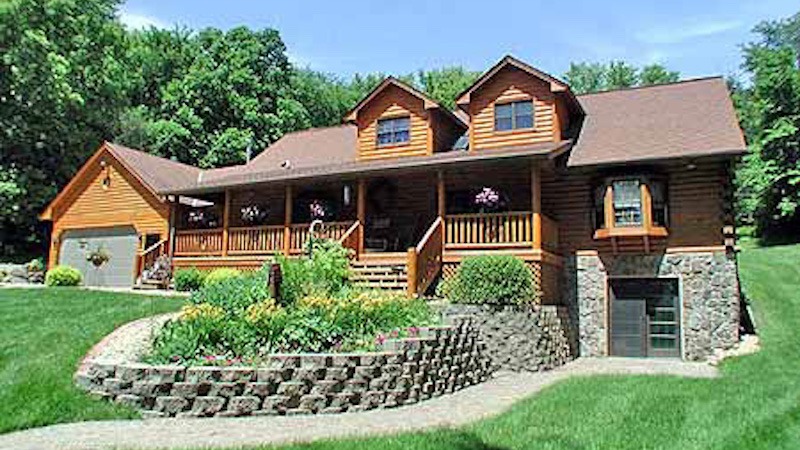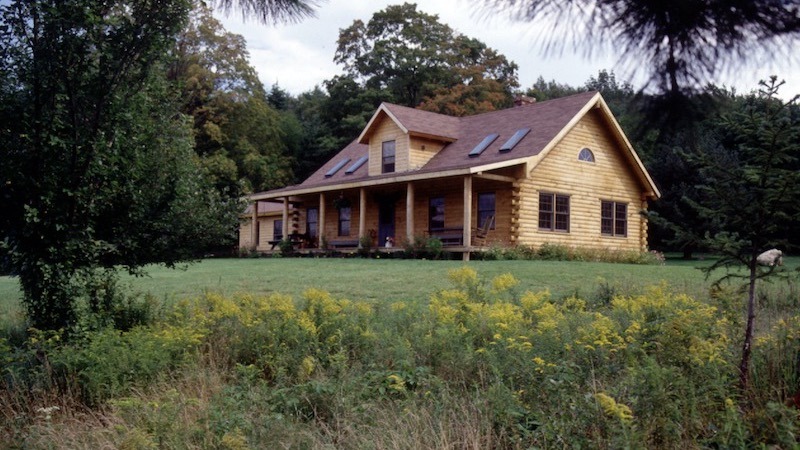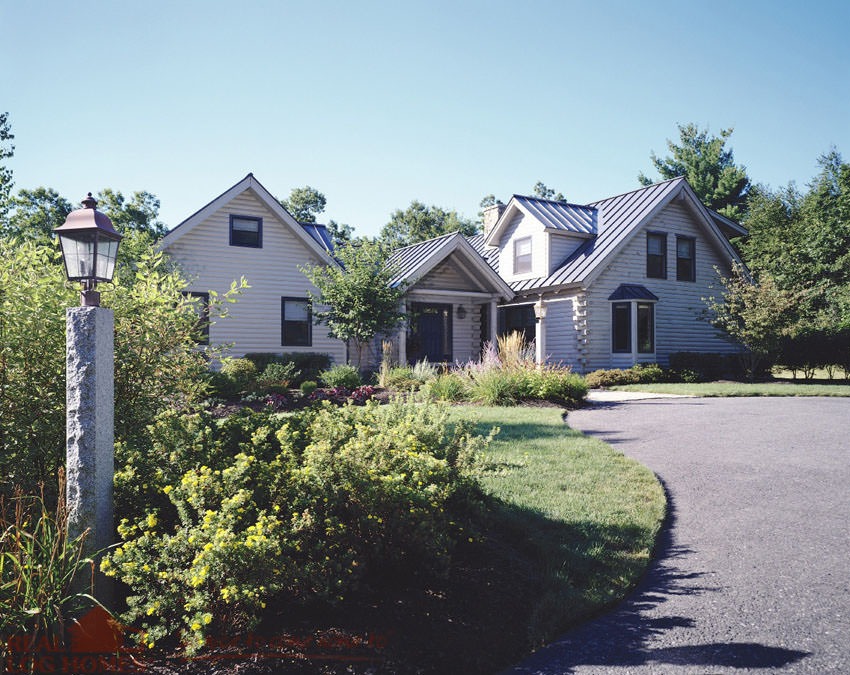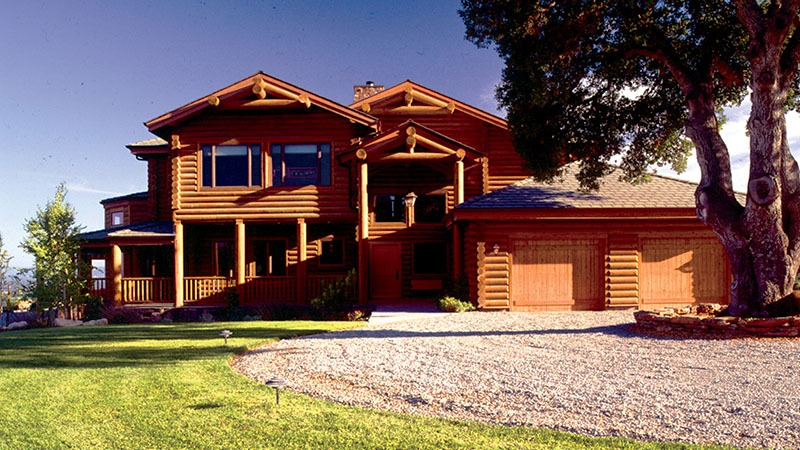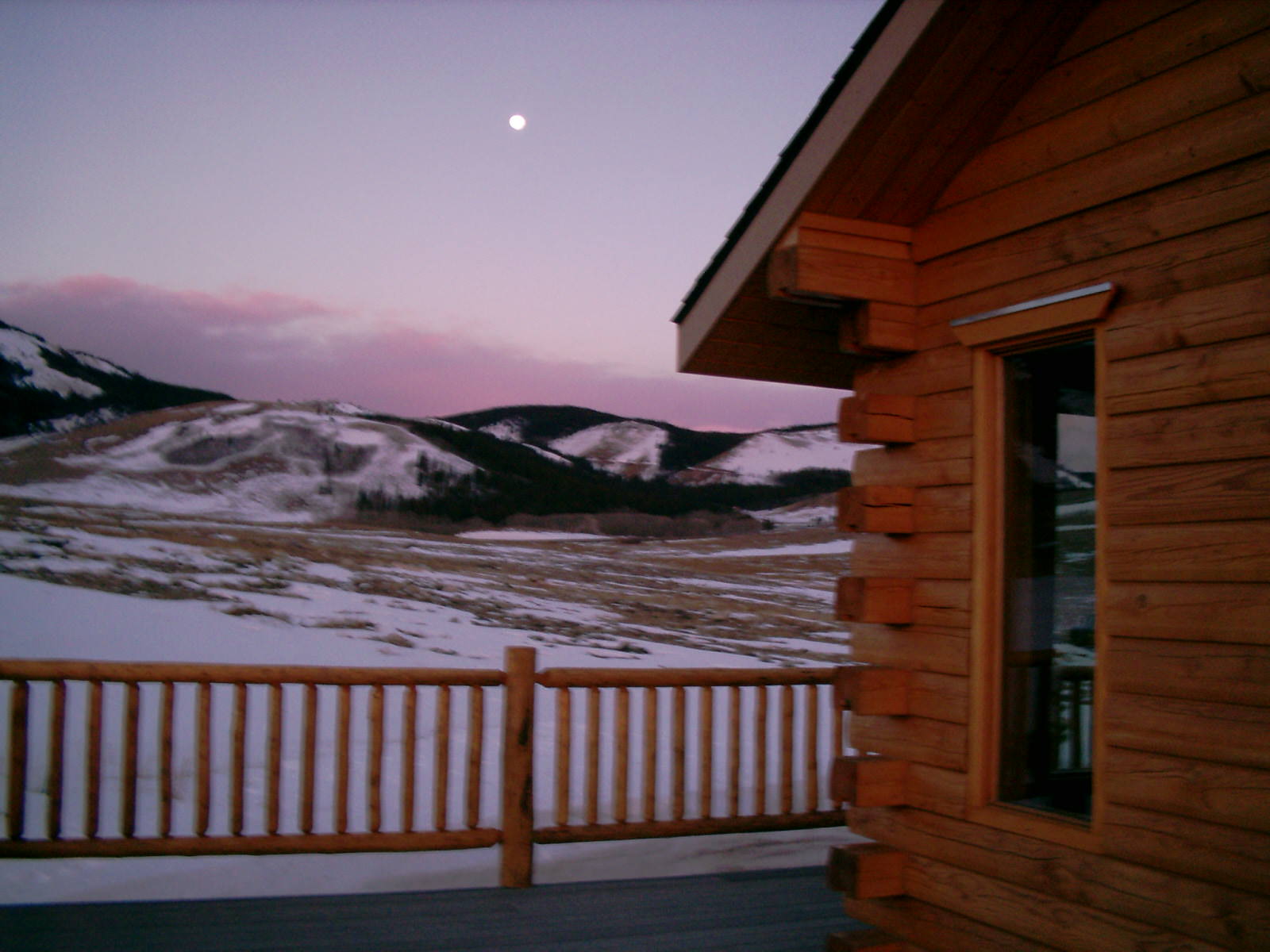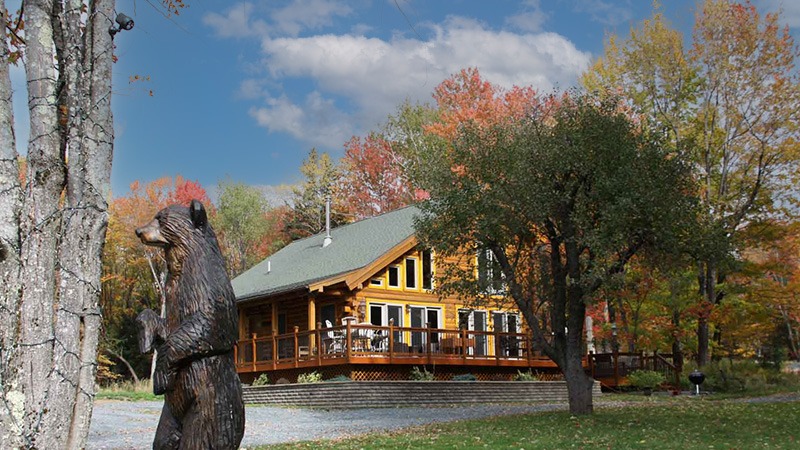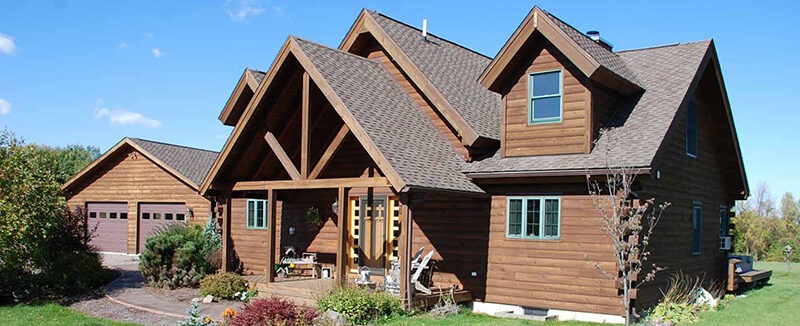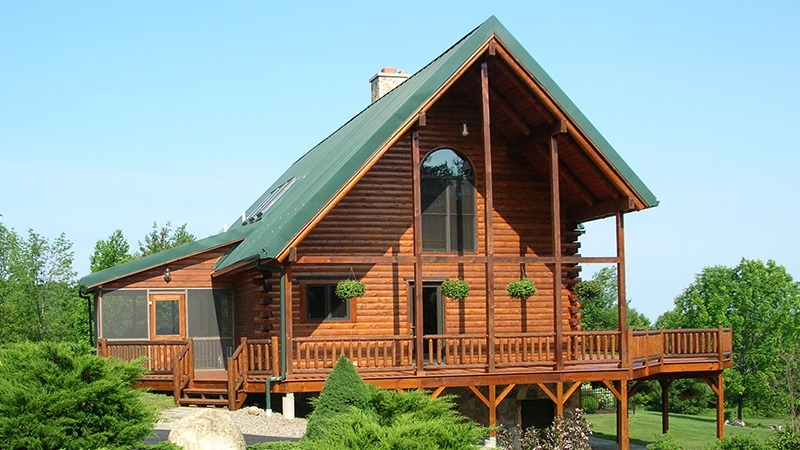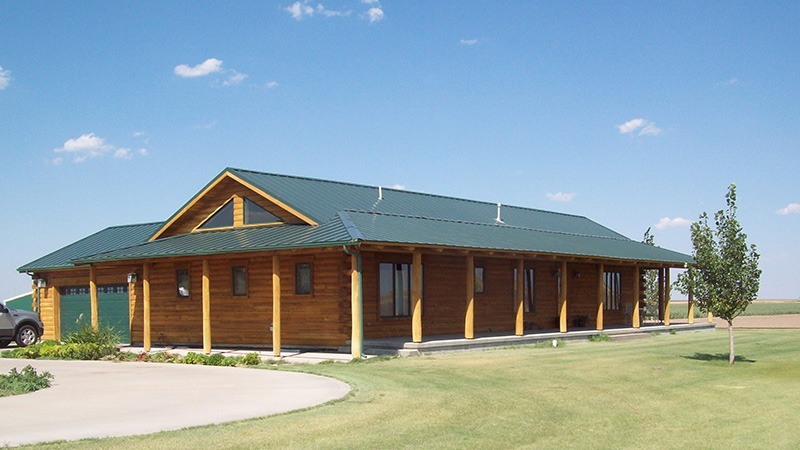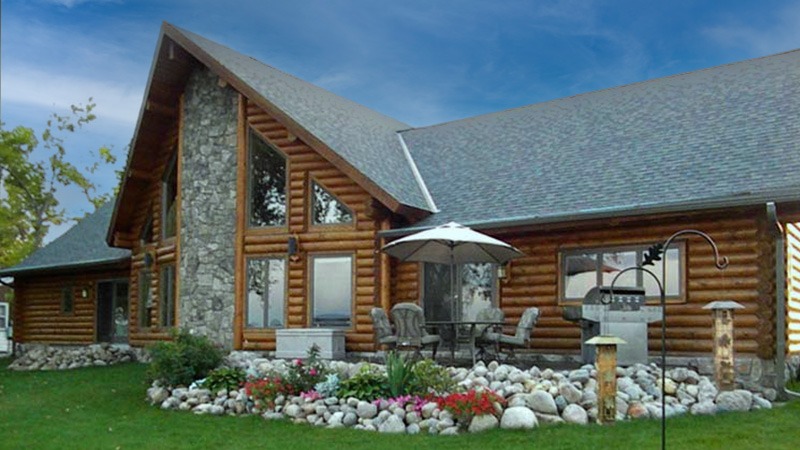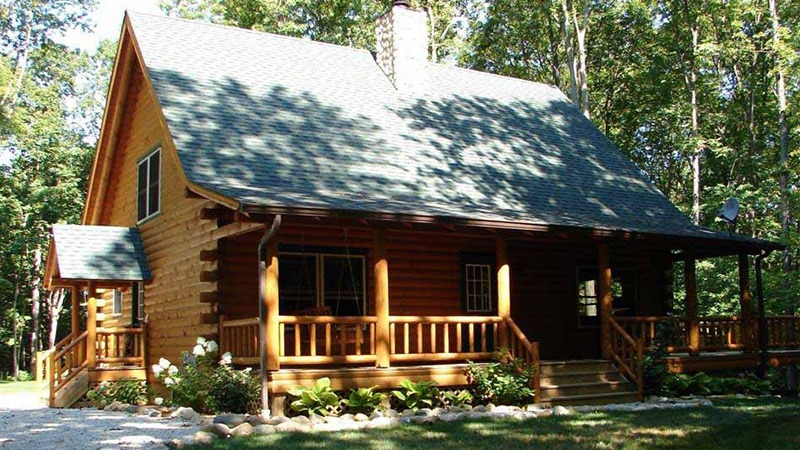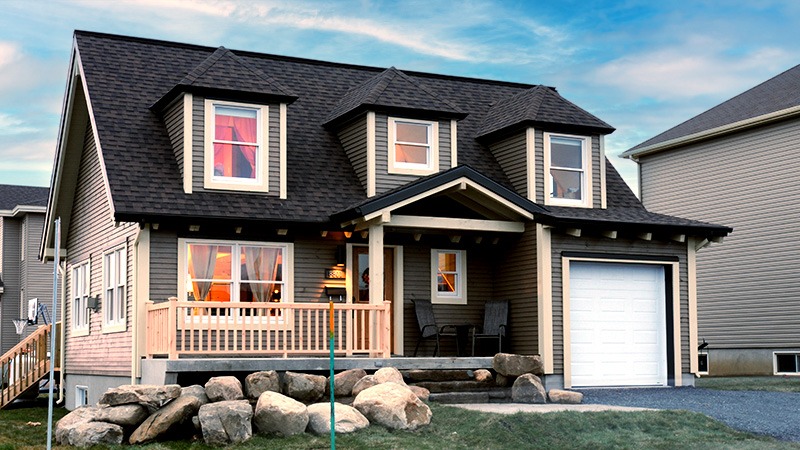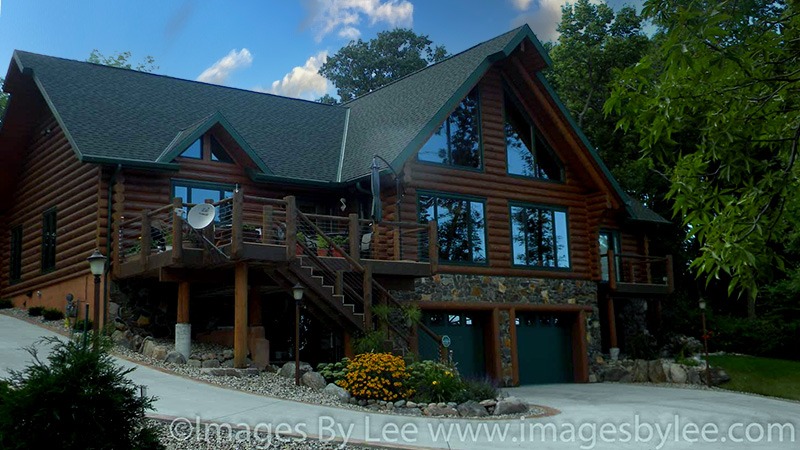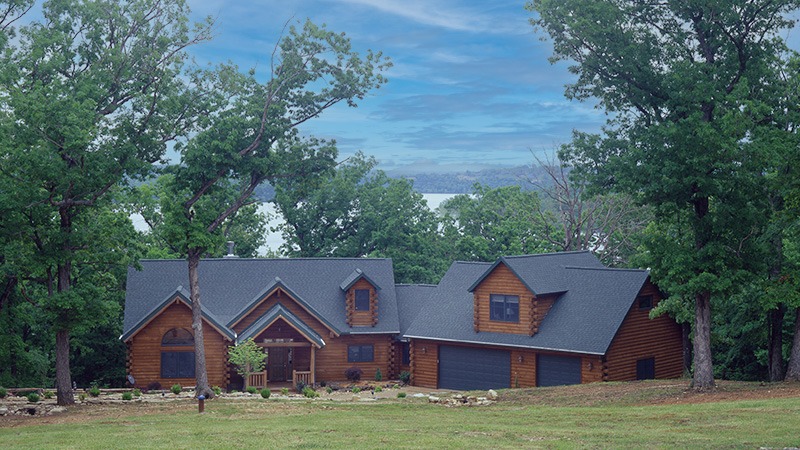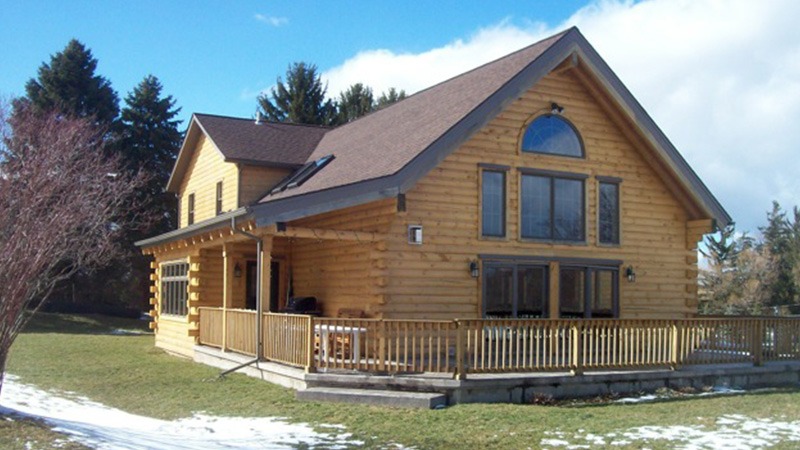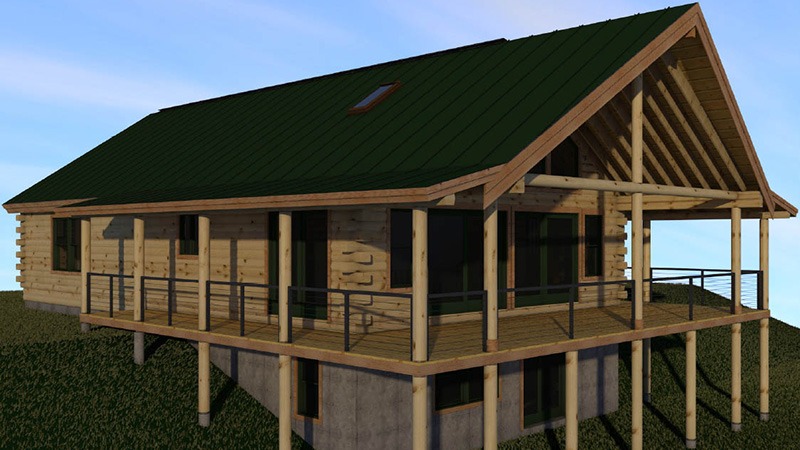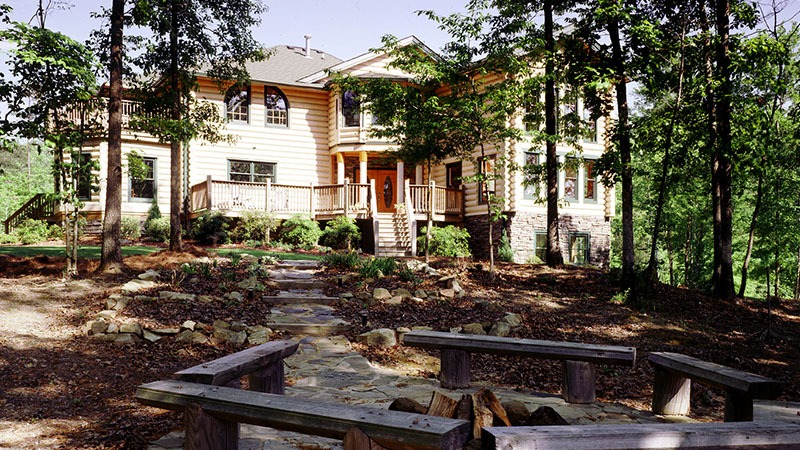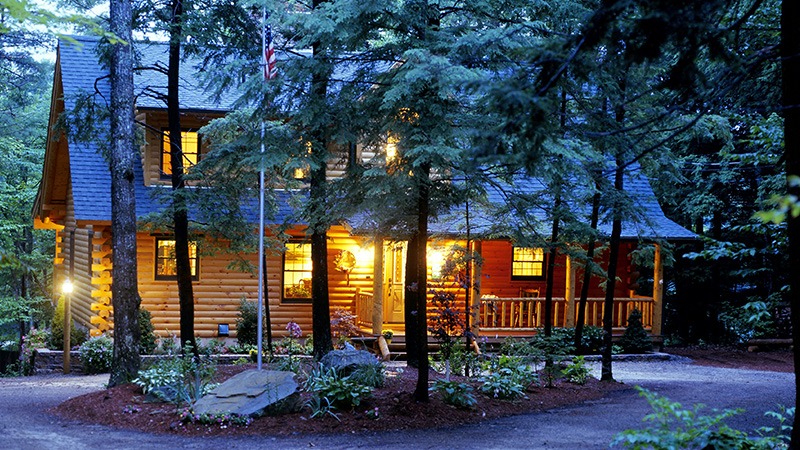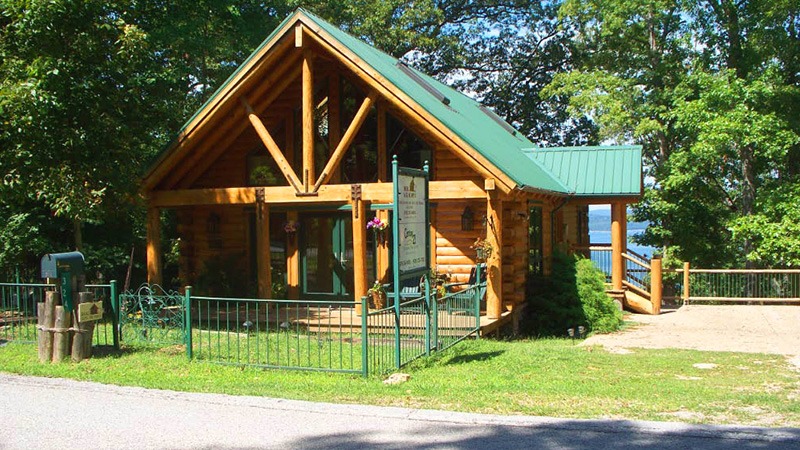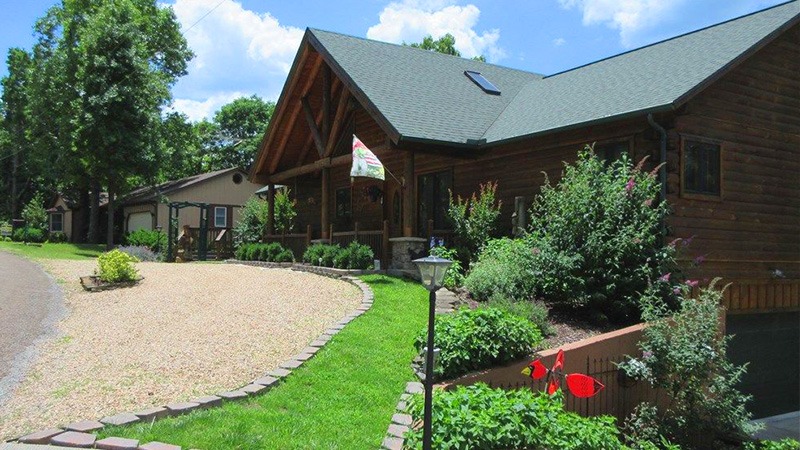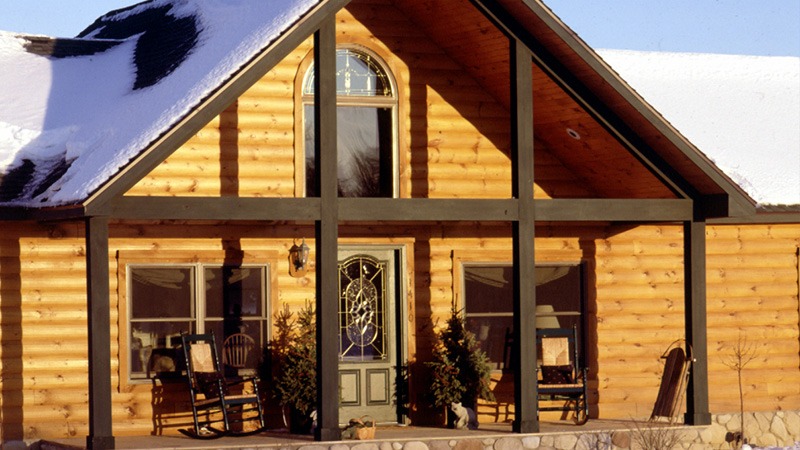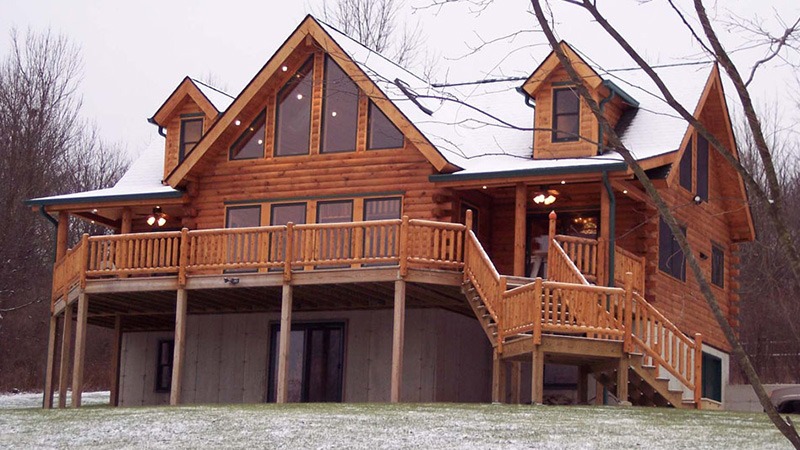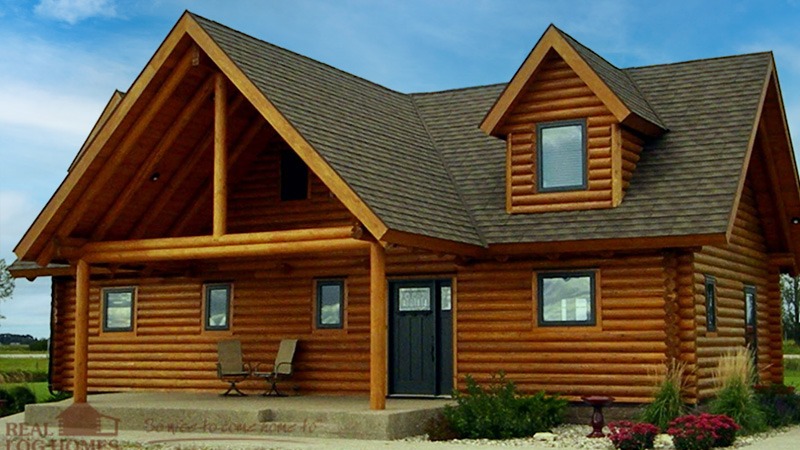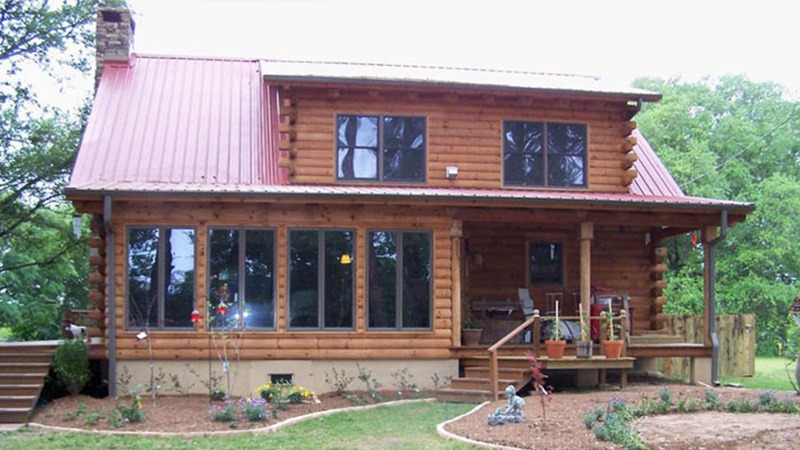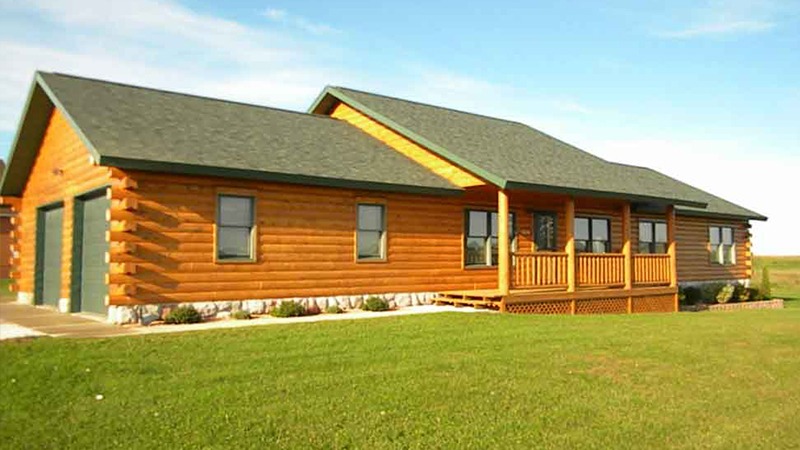Living in a rural area can have many advantages, not the least of which is the lower cost and greater availability of large amounts of land to call your own. This benefit is also a drawback when it comes to fast internet access, since the low population density of rural areas means that it is harder for telecommunication companies to justify building out their infrastructure. If you use your log home as a retreat from modern life, then perhaps the lack of internet connectivity is a positive byproduct of rural living. If internet connectivity is a necessity for your lifestyle, then here are some of the options to consider when selecting a provider.
DSL and Cable

Most Americans with high-speed internet access in more urban areas receive service from either a DSL or cable internet provider. If these are available where you live, they are also by far the best options for you to consider. DSL and cable have very low latencies (the roundtrip time that it takes for packets of data to reach a server) which are very important for things like voice services and how responsive the connection feels. Services like satellite may be able to compete with DSL for speed, but the latency will be much higher. Also, if these services have monthly data caps, they will be higher than your other options. In order to get DSL service, you need to be within about 3-line miles of an expensive piece of equipment known as a DSLAM. You can get cable internet service essentially anywhere you can get cable TV. Check with providers in your area to see what is available for you.
Terrestrial Wireless Services

If cable or DSL is not available to you, then a terrestrial wireless service is one option to consider. One option is a data plan with a cellular carrier. If you live in an area where you have reliable data coverage for your cell phone, then you can also get a data plan for use at your home. The carrier will provide a device that sends data over the cell network and converts it to a Wi-Fi signal for your devices to use. Check with the carriers to see how much this option would cost you and be aware that most plans have low data limits of a few GB per month.
In certain areas, small wireless internet providers known as WISPs provide wireless internet service. These are smaller, usually independent companies that provide internet service from a tower to a small antenna mounted on your home or property. Service levels vary widely, but some providers may provide fast service without data caps.
Satellite or Dialup service

If none of the above services work for your location, then a satellite provider may be your only high-speed option. The great benefit of satellite service is that it can be installed in almost any location, although at high latitudes like Alaska service may not be possible. Speeds can be up to around 10 Mbps, comparable to DSL or cable service. Plans invariably have data limits of around 10 GB a month, and the latency of the connection is typically 10 times or more that of a terrestrial connection.
If none of these options seems right for you, then dialup internet service is still an option. While quite slow at less than one percent the speed of typical DSL or cable service, it is cheap and usable on just about any existing landline.
So how important is a quality high-speed internet connection for your log home? Leave us a comment and let us know. And if you’re interested in build a log home of your own, in a rural setting or otherwise, please call Real Log Homes today or fill out the form below for more information.

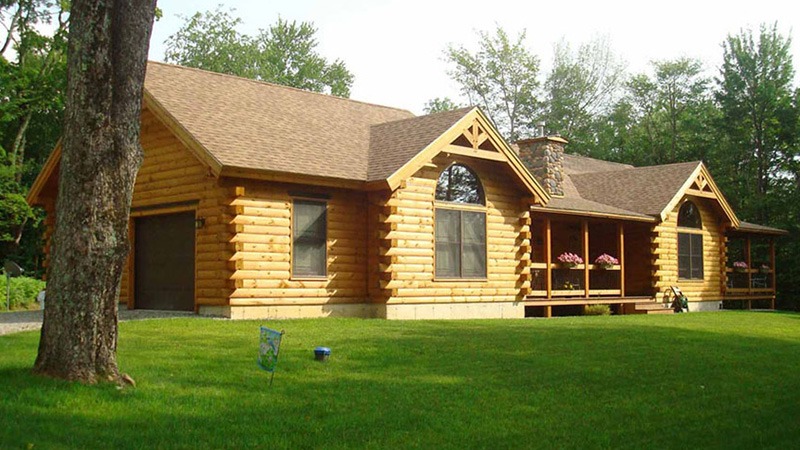
![[KAB-IN] Vermont - Renovated 1972 Real Log Homes Rental Cabin](https://realloghomes.com/wp-content/uploads/2019/03/Cavendish-KAB-IN-Woodstock-VT-51.jpg)
